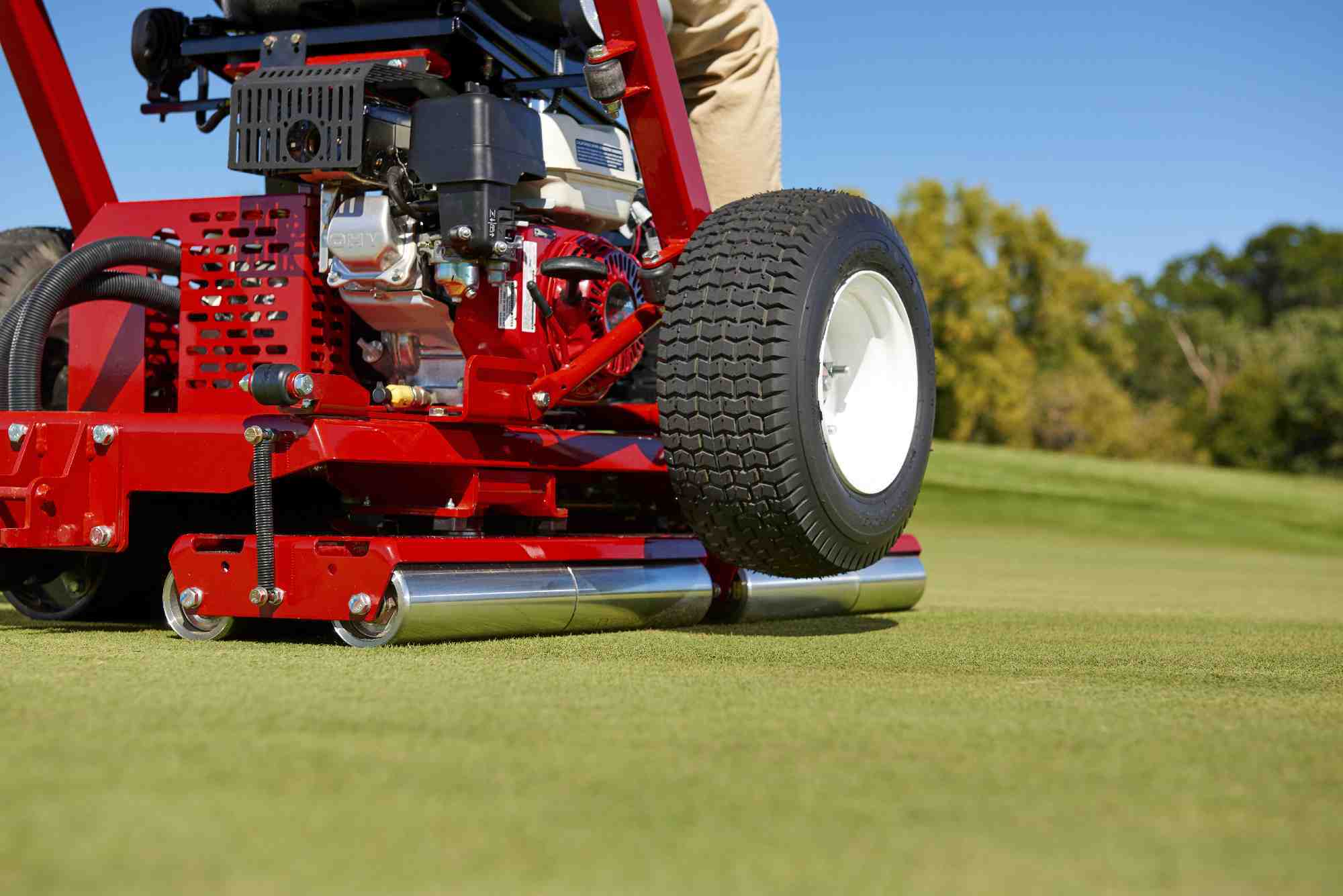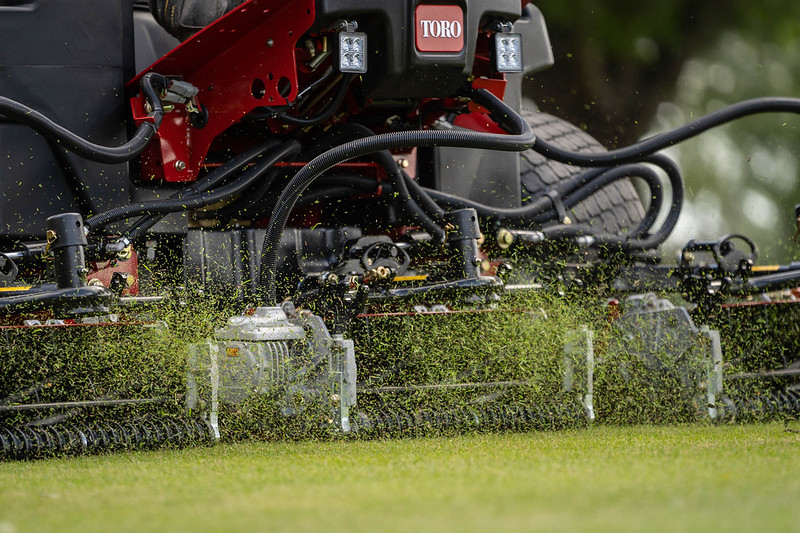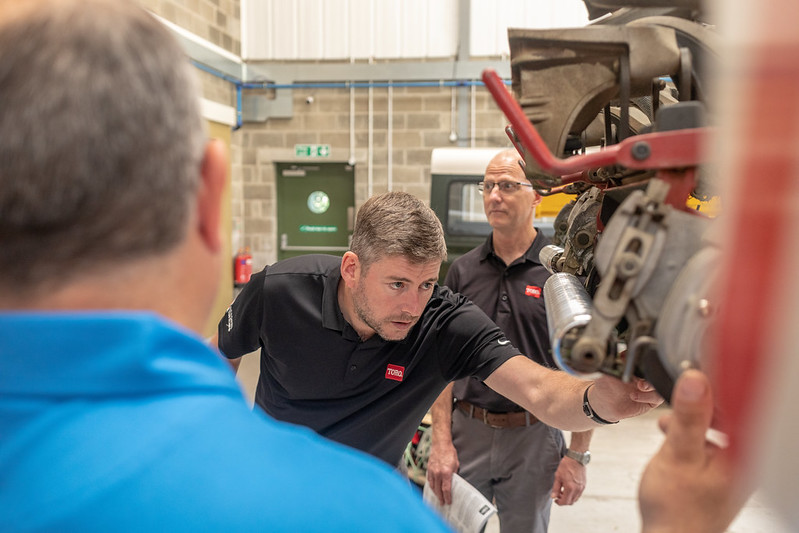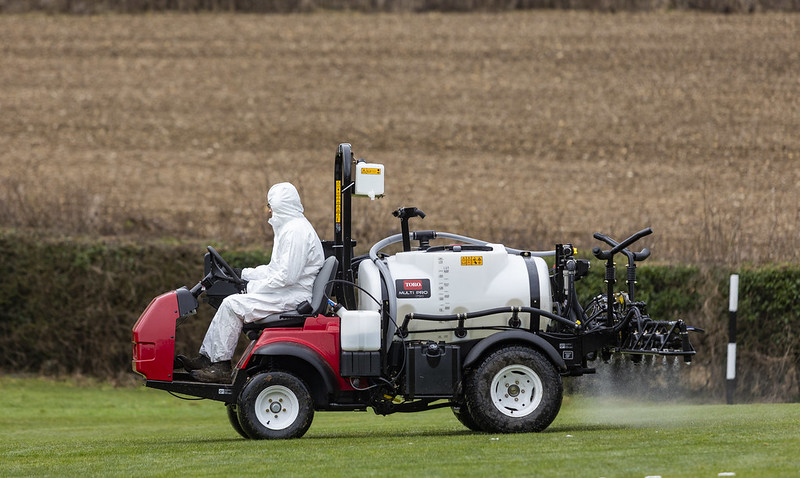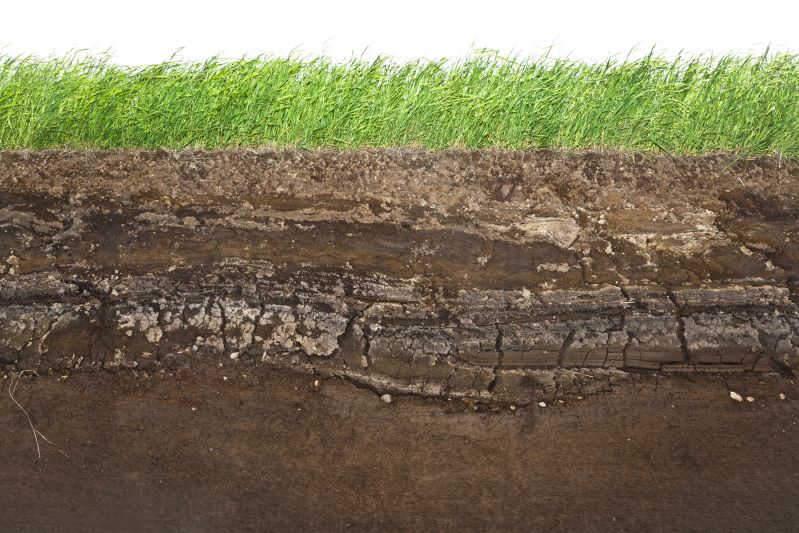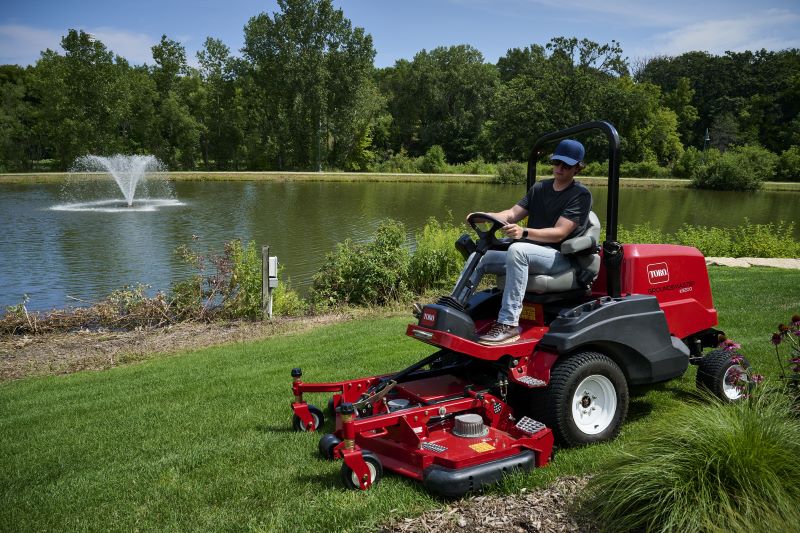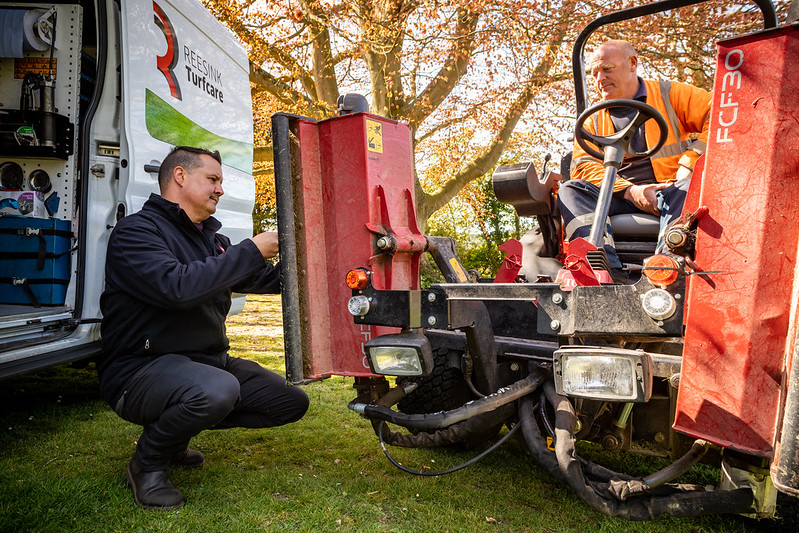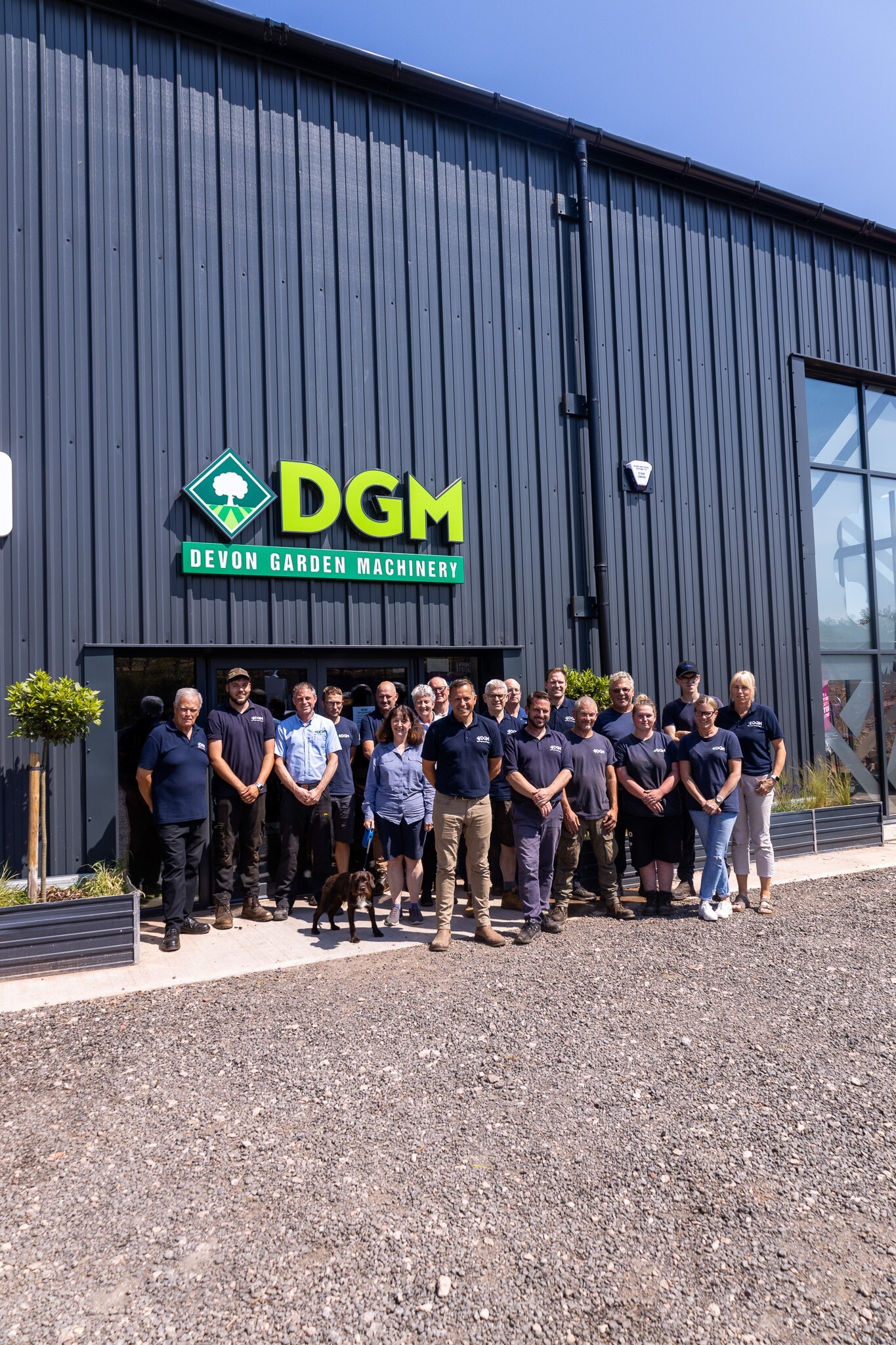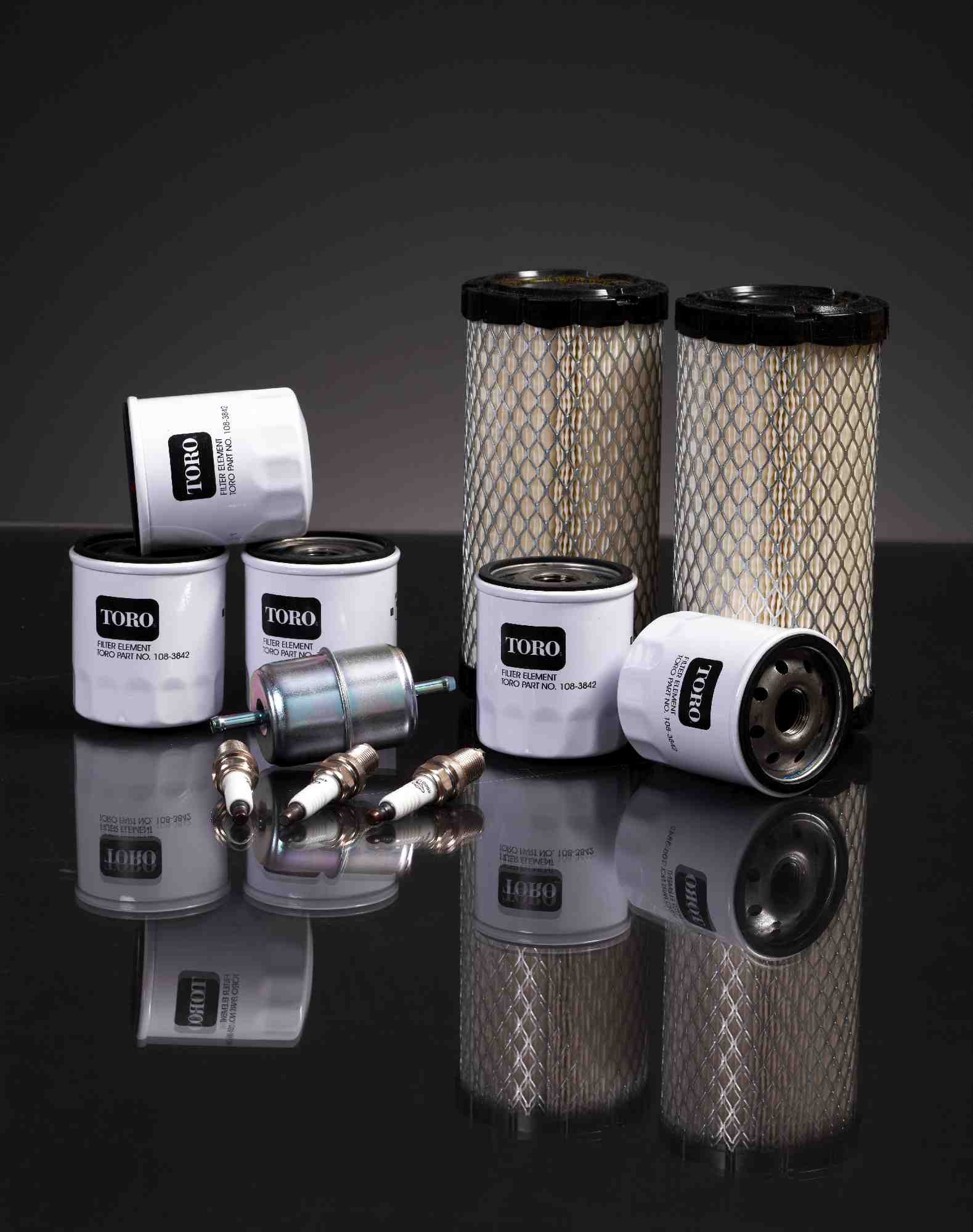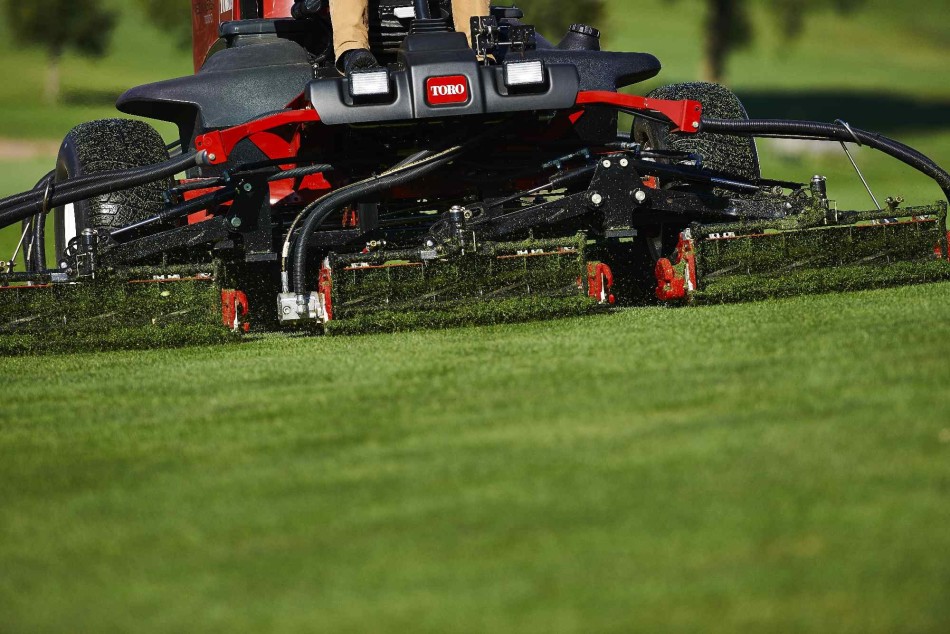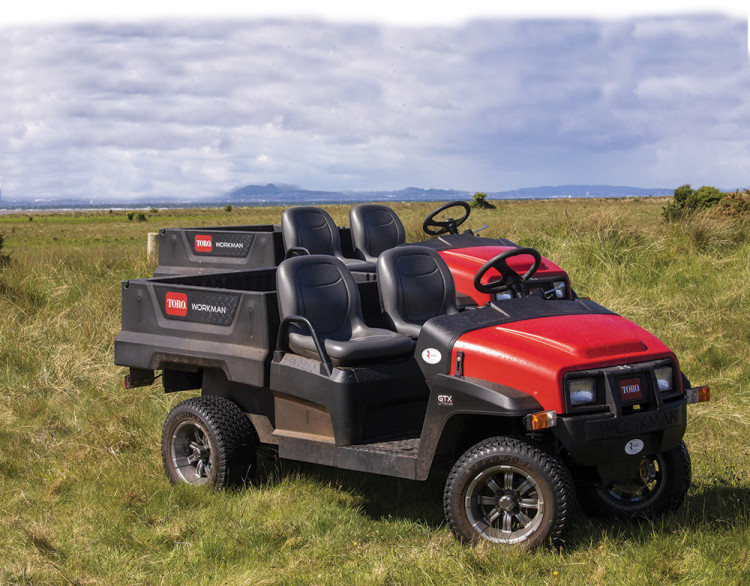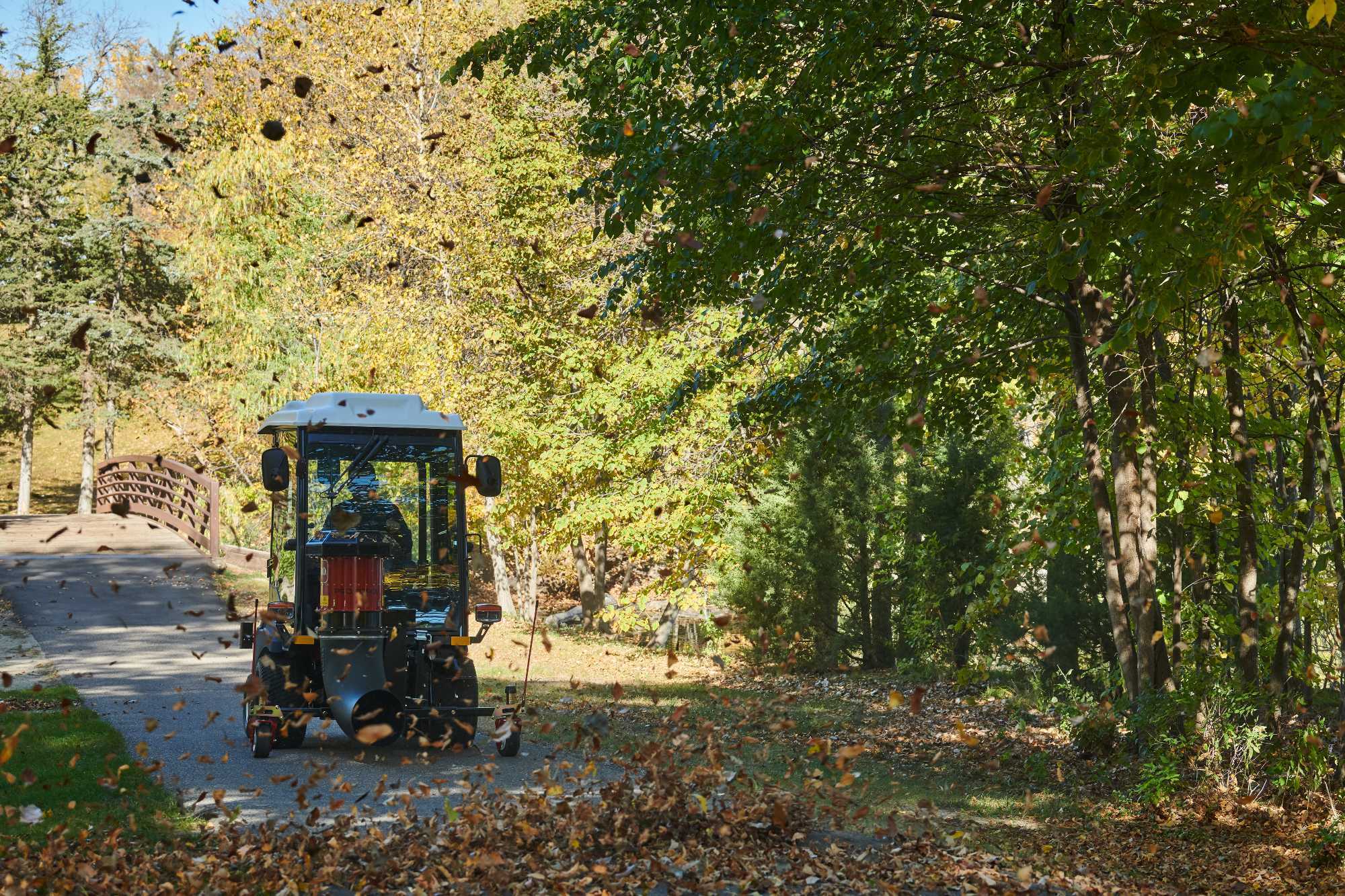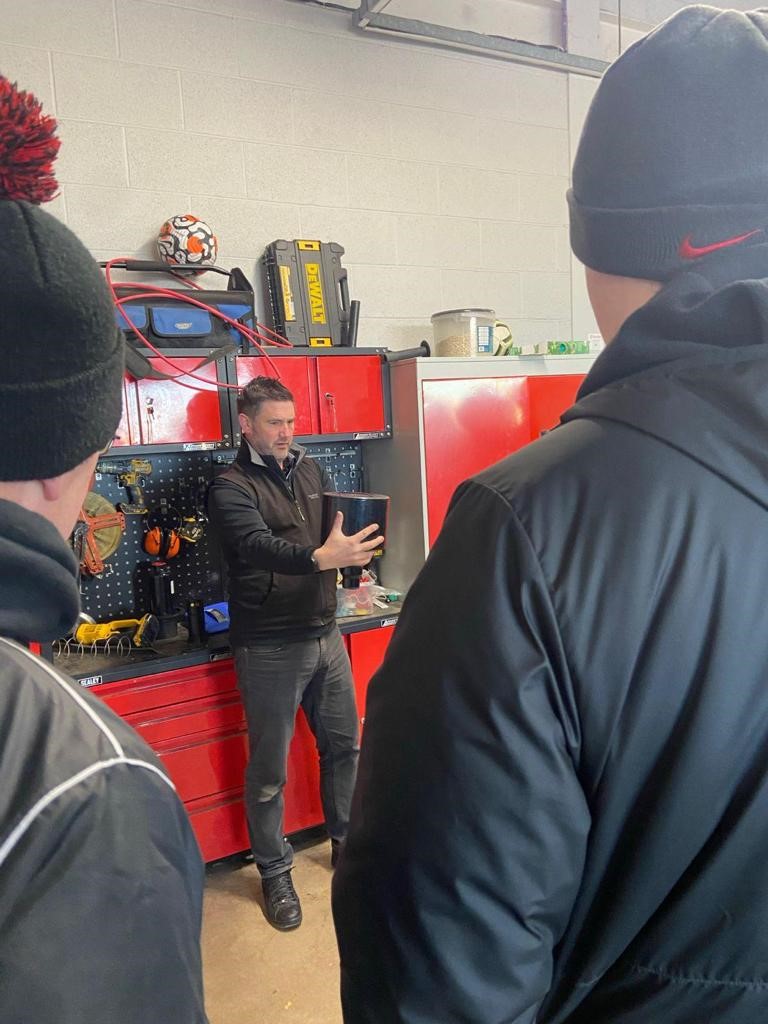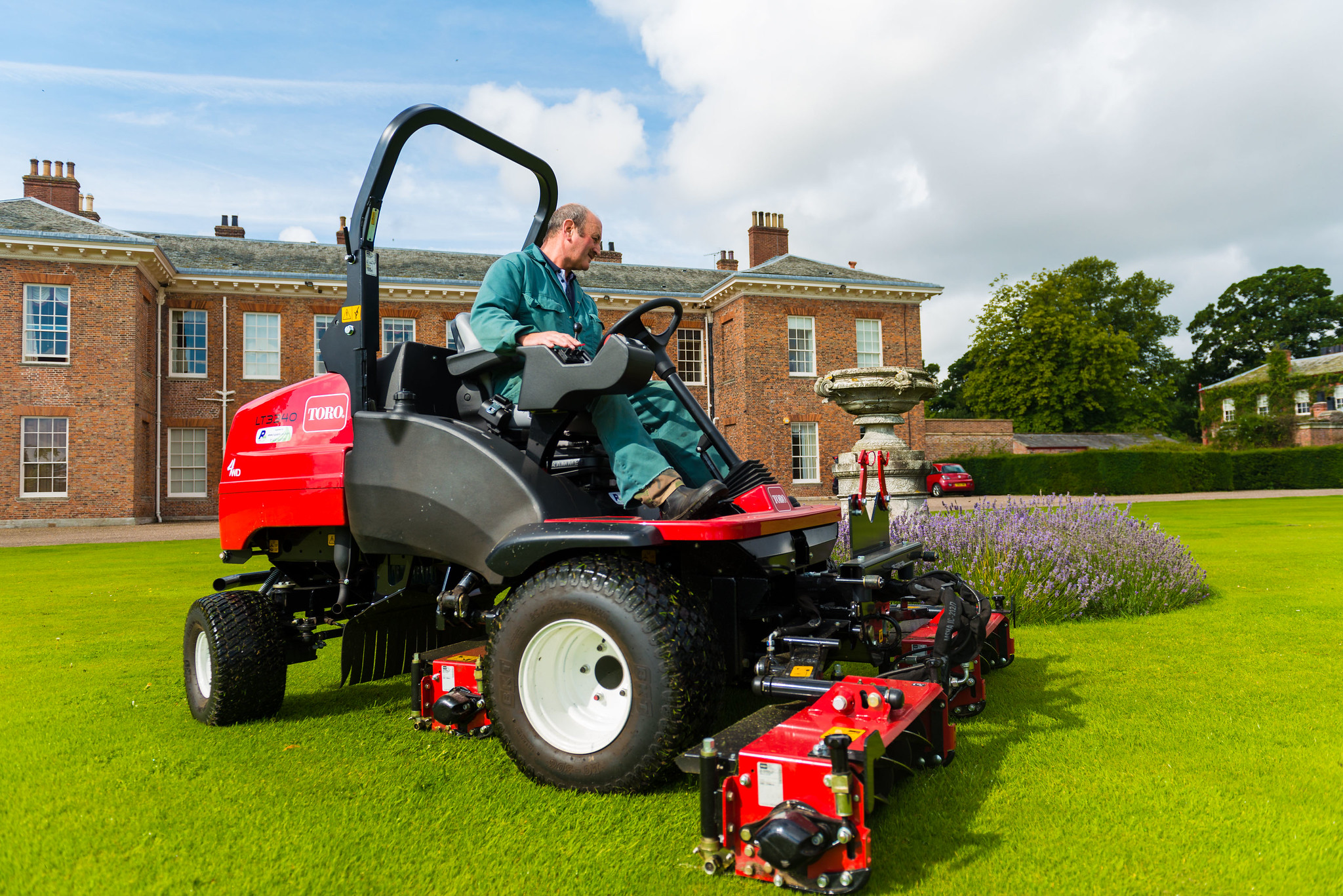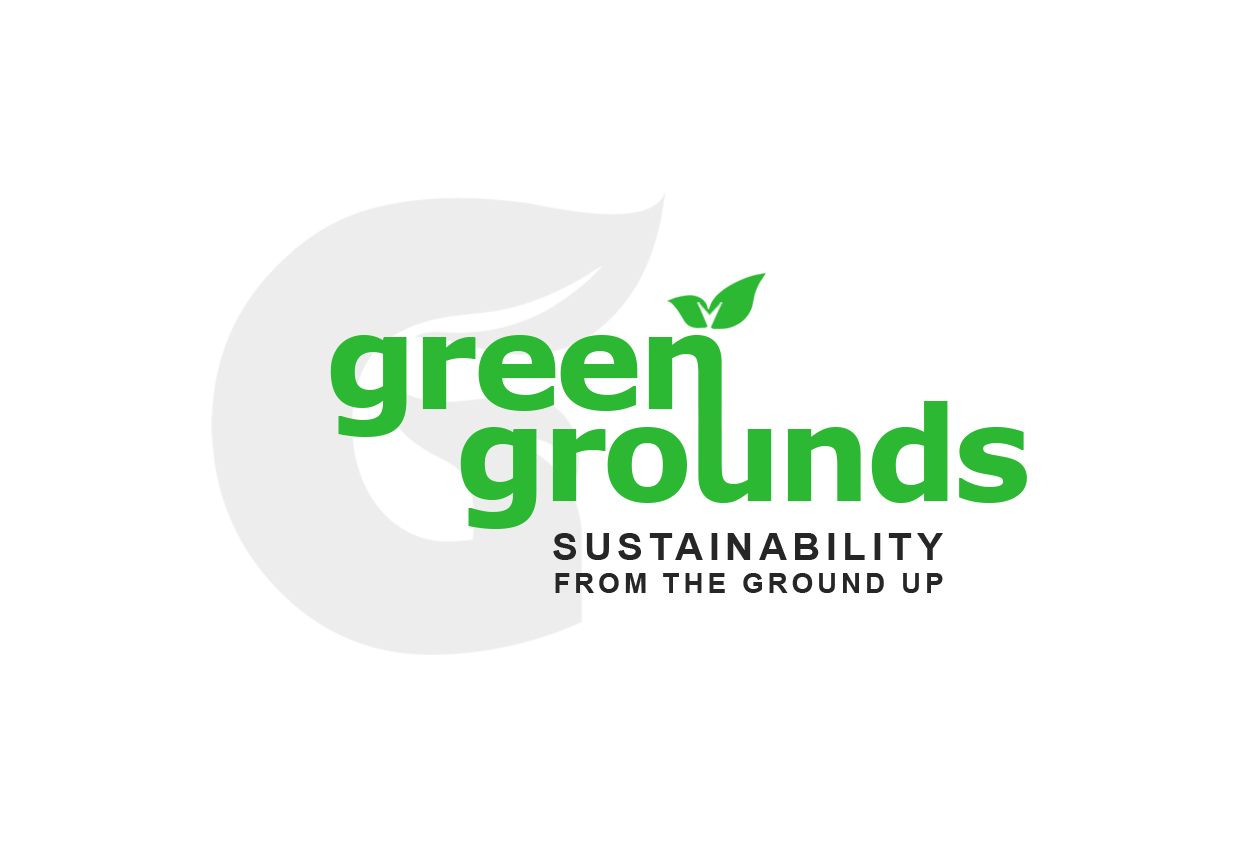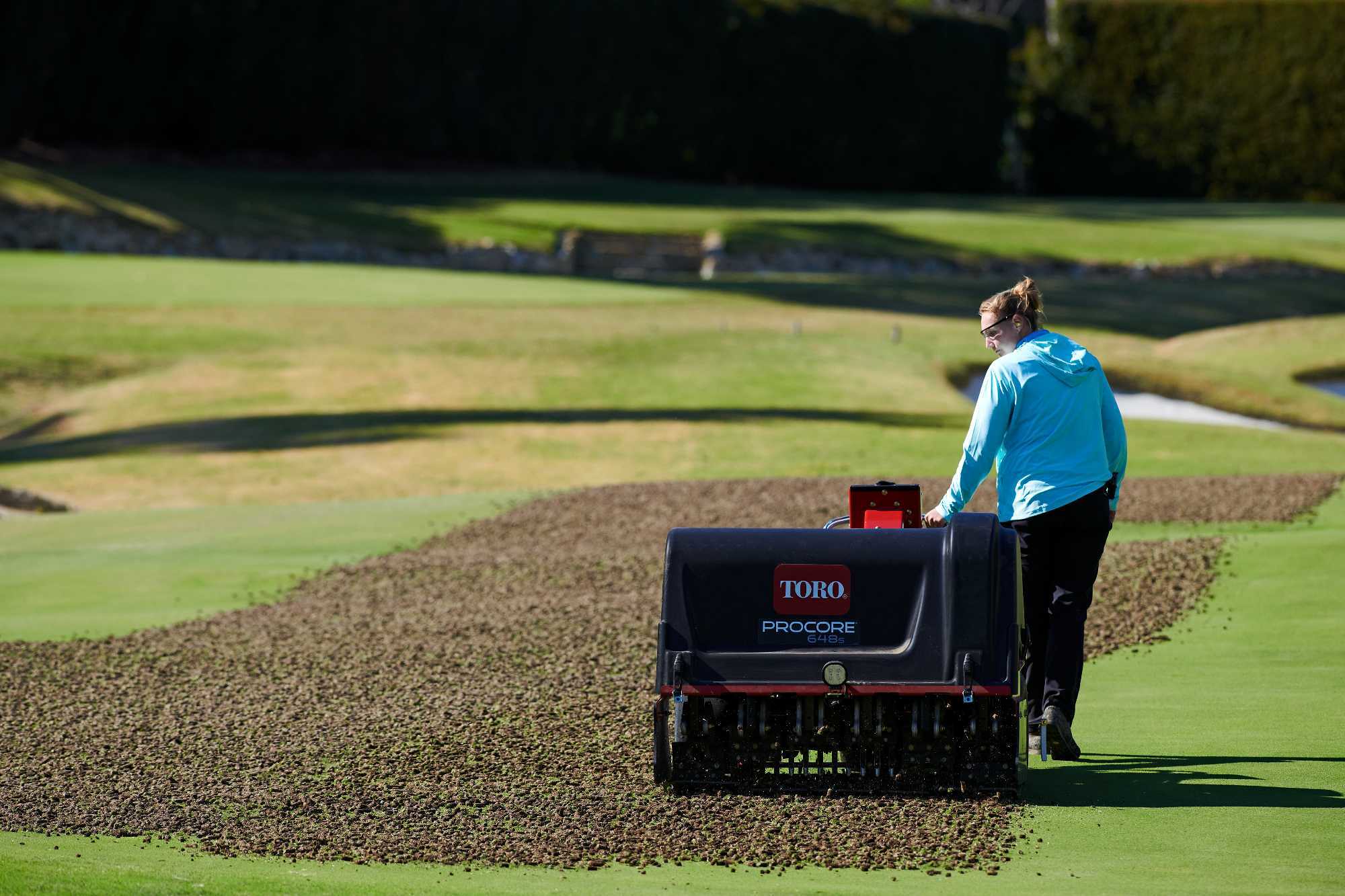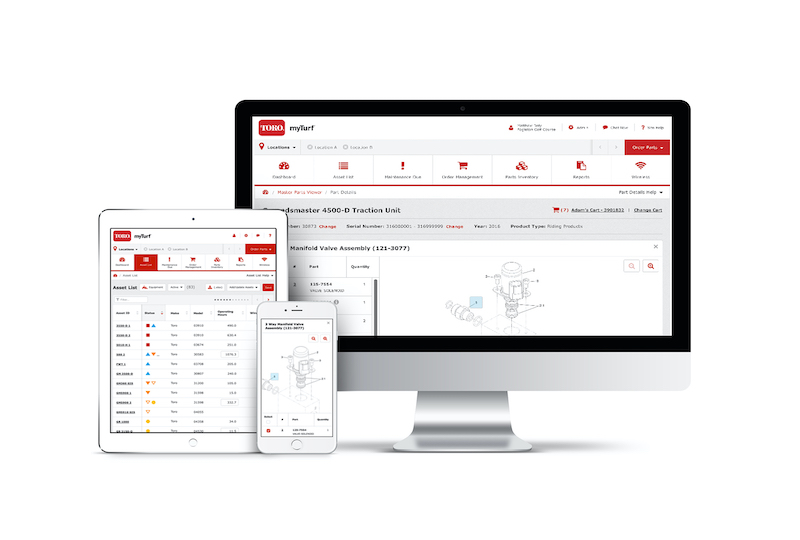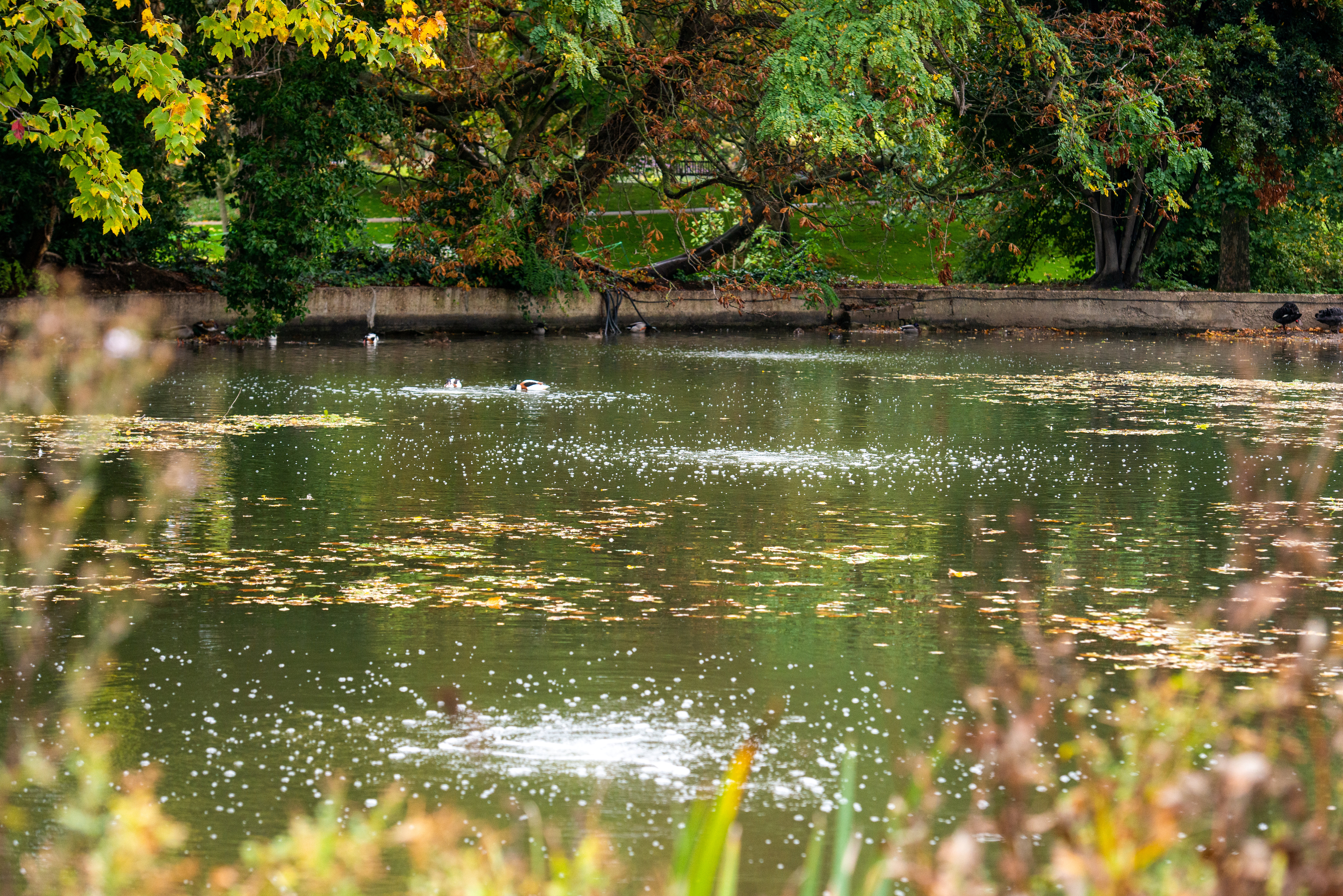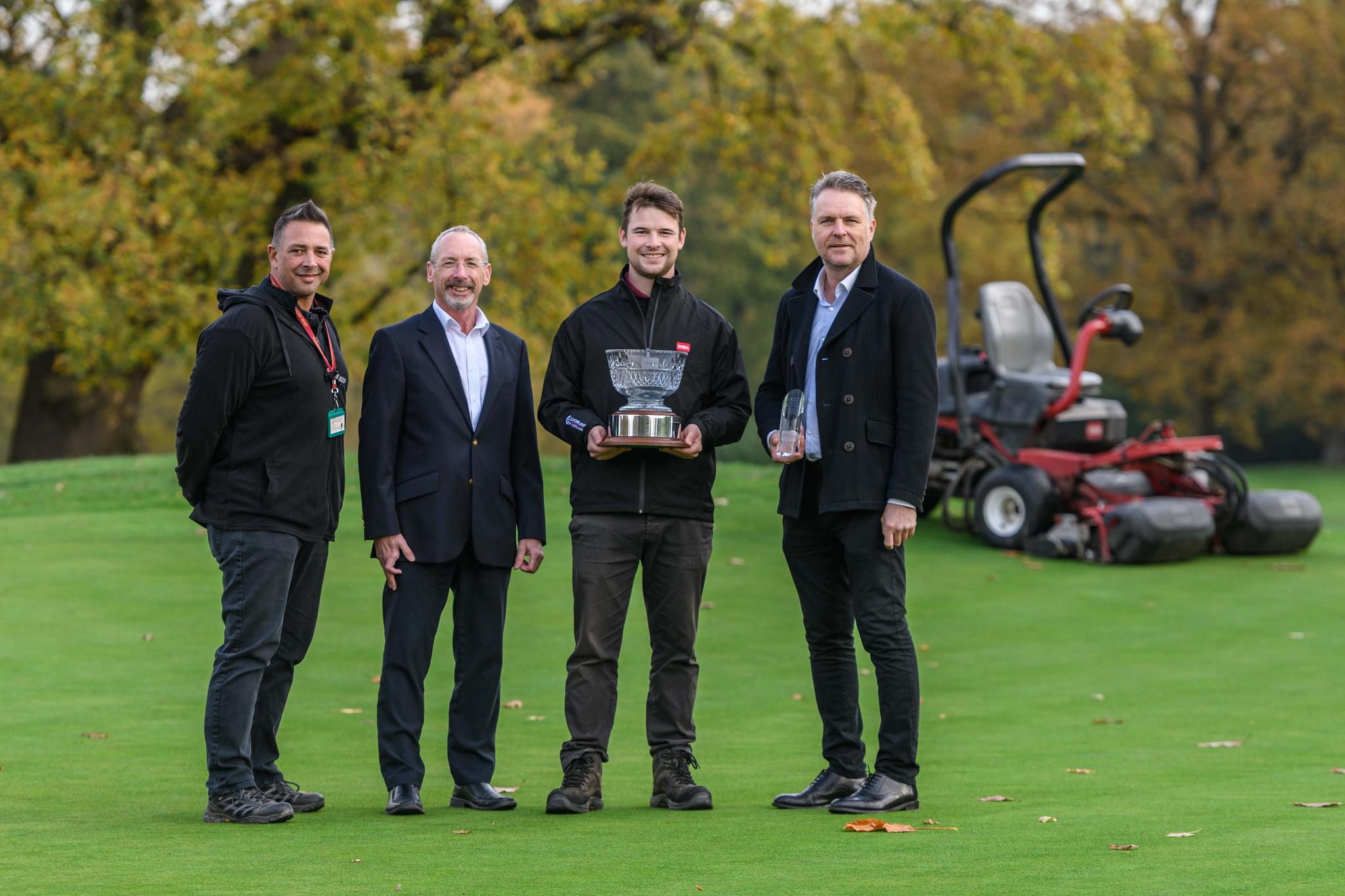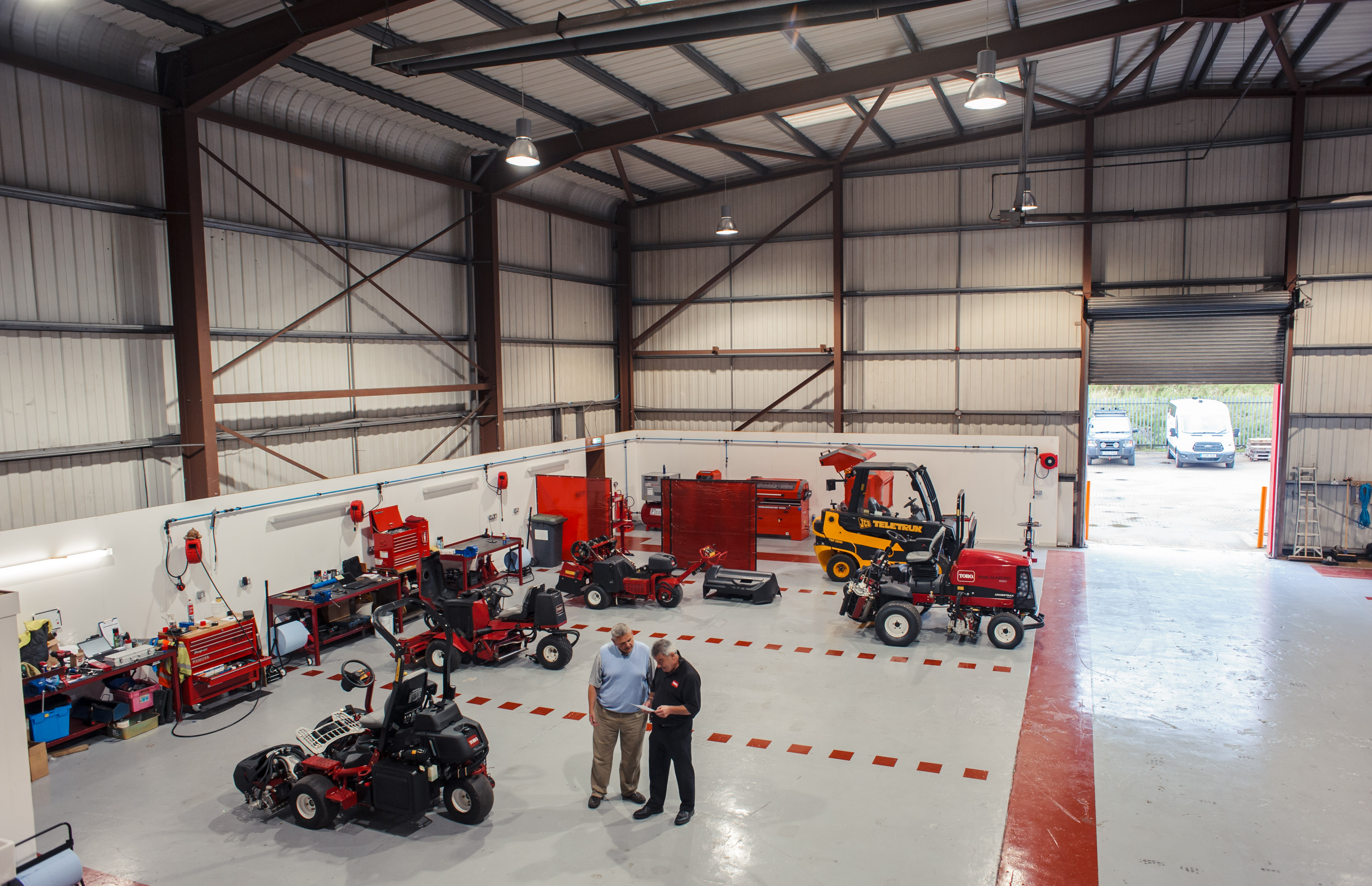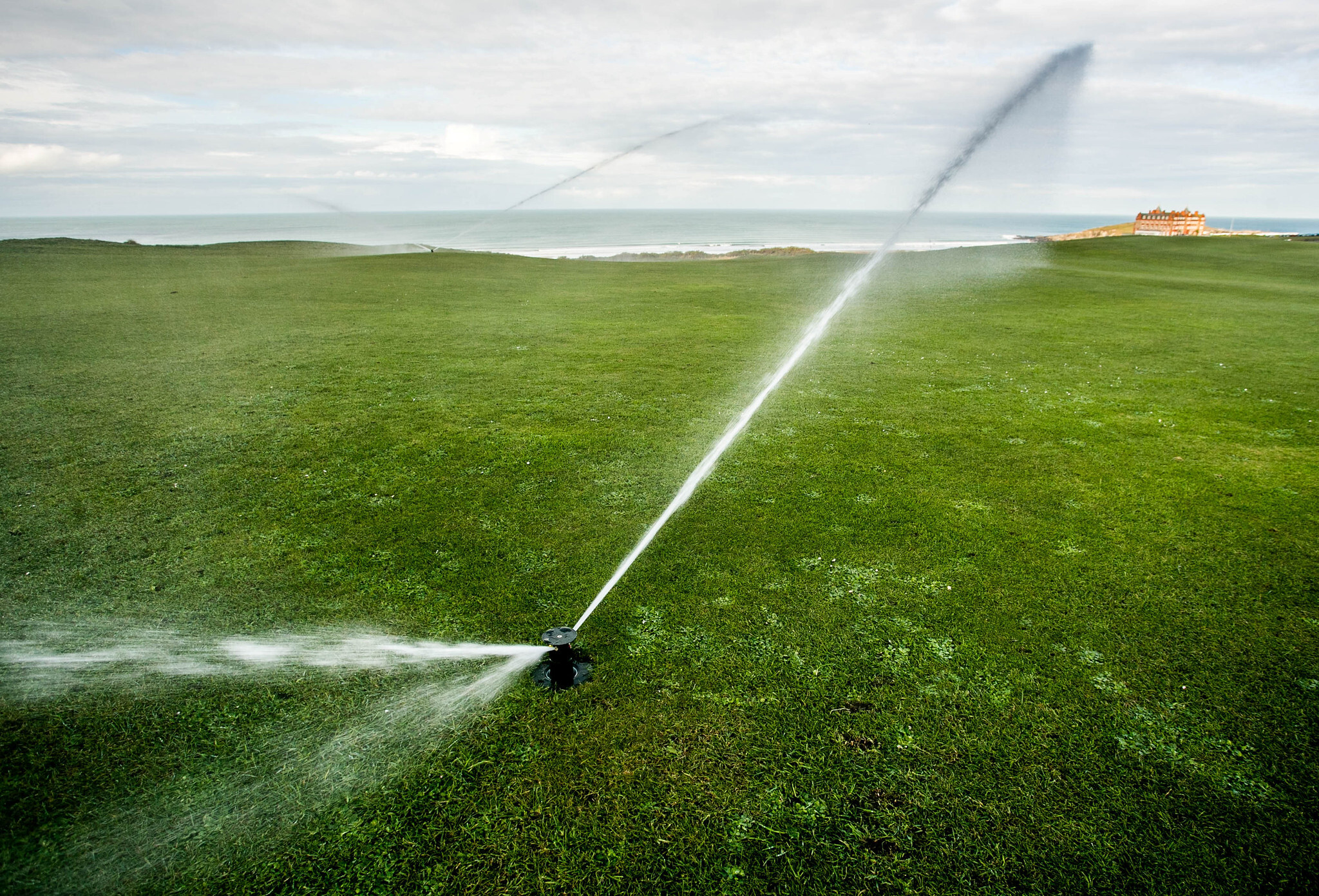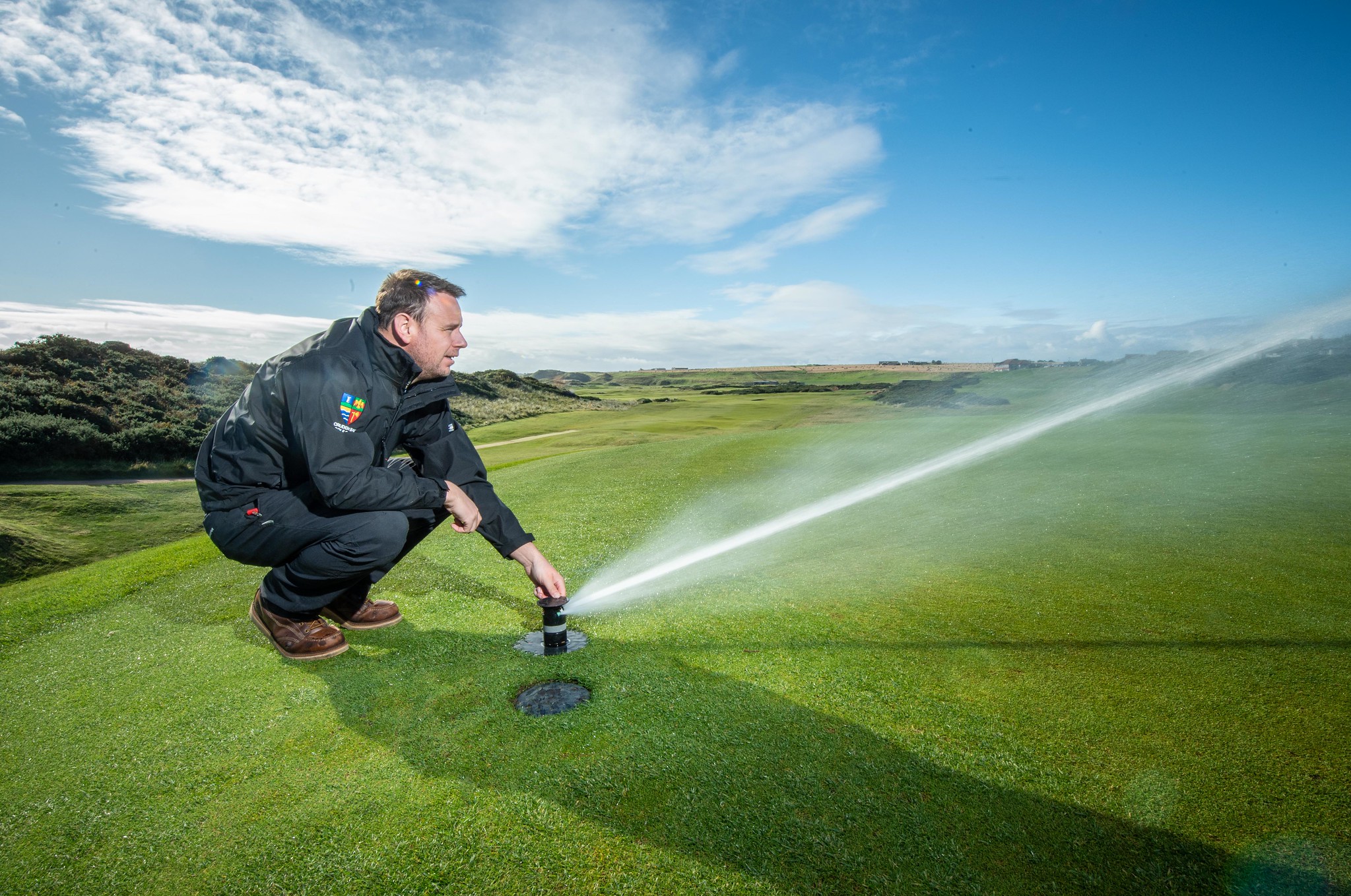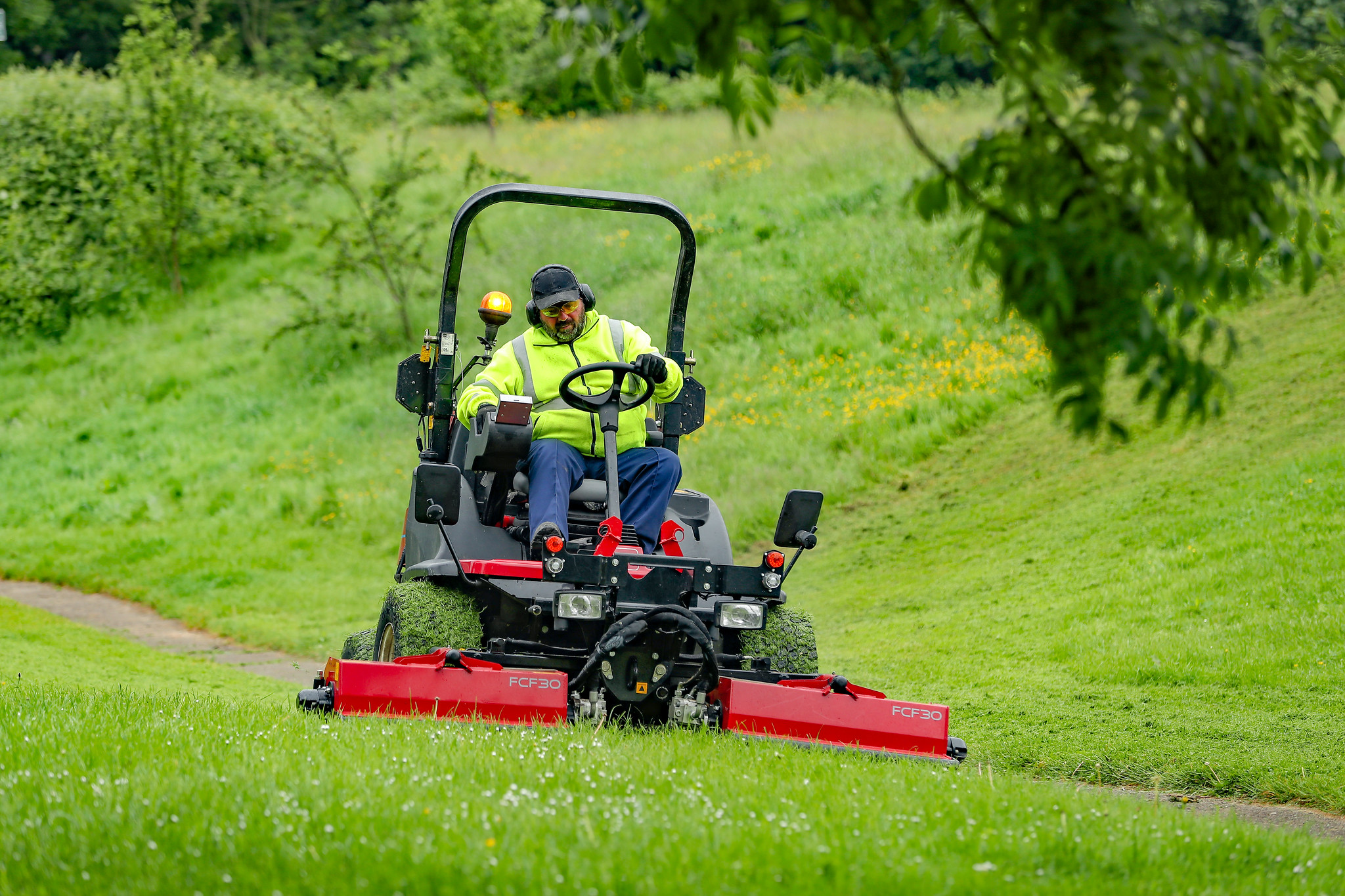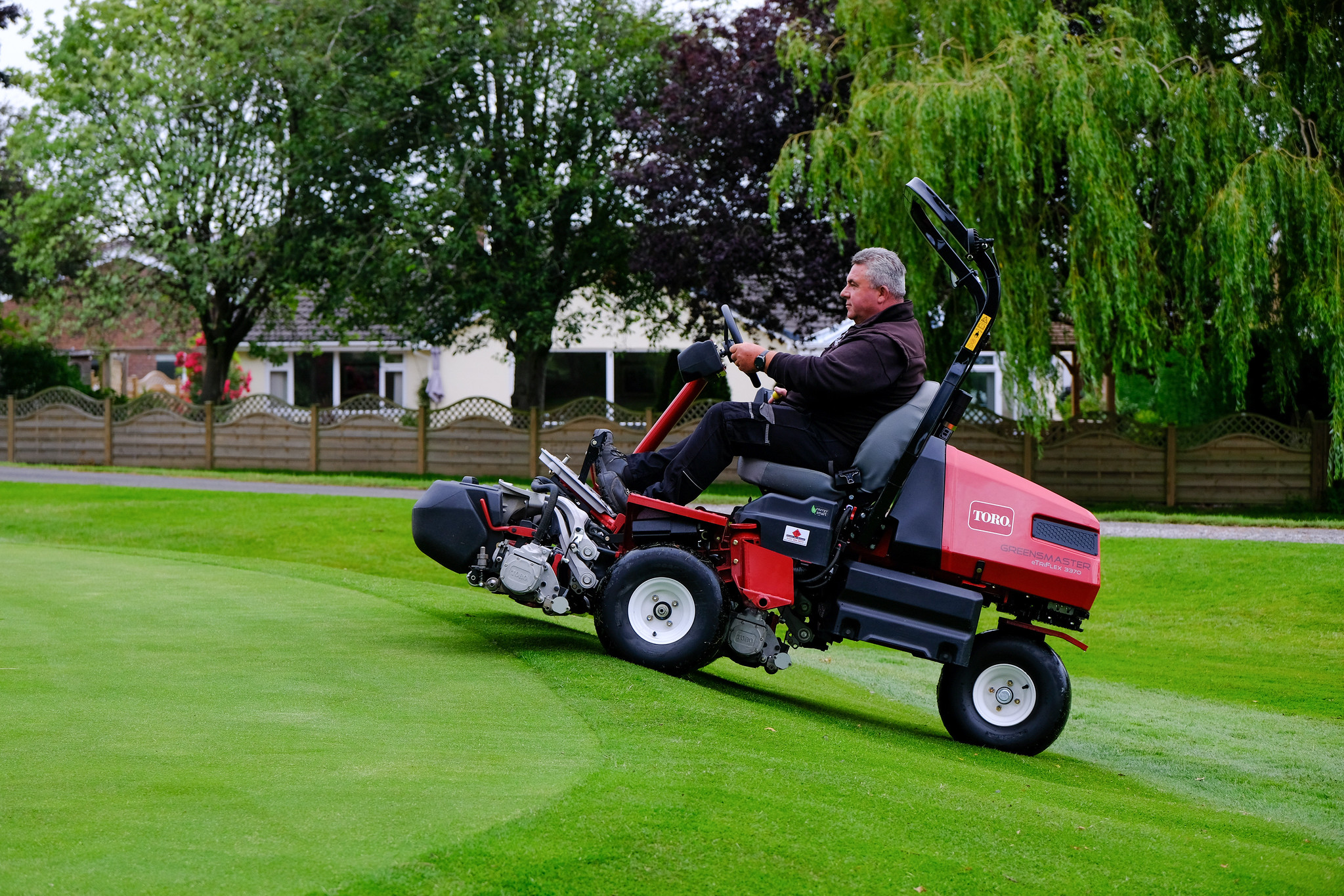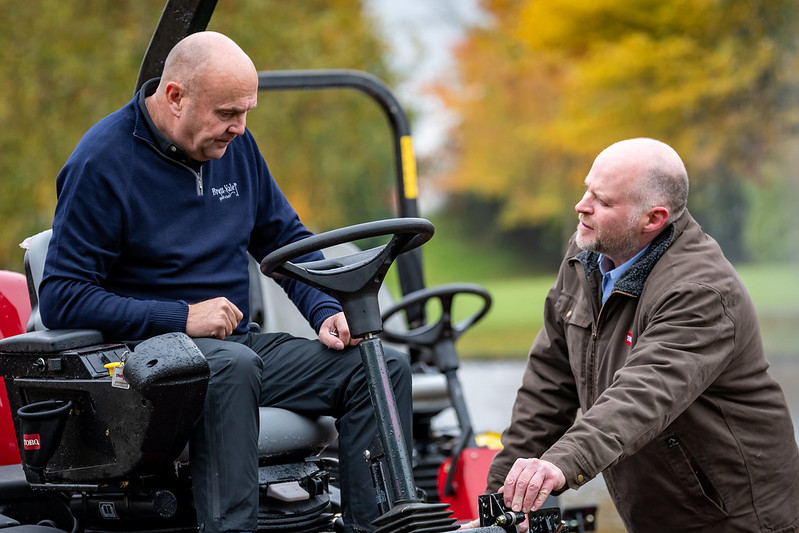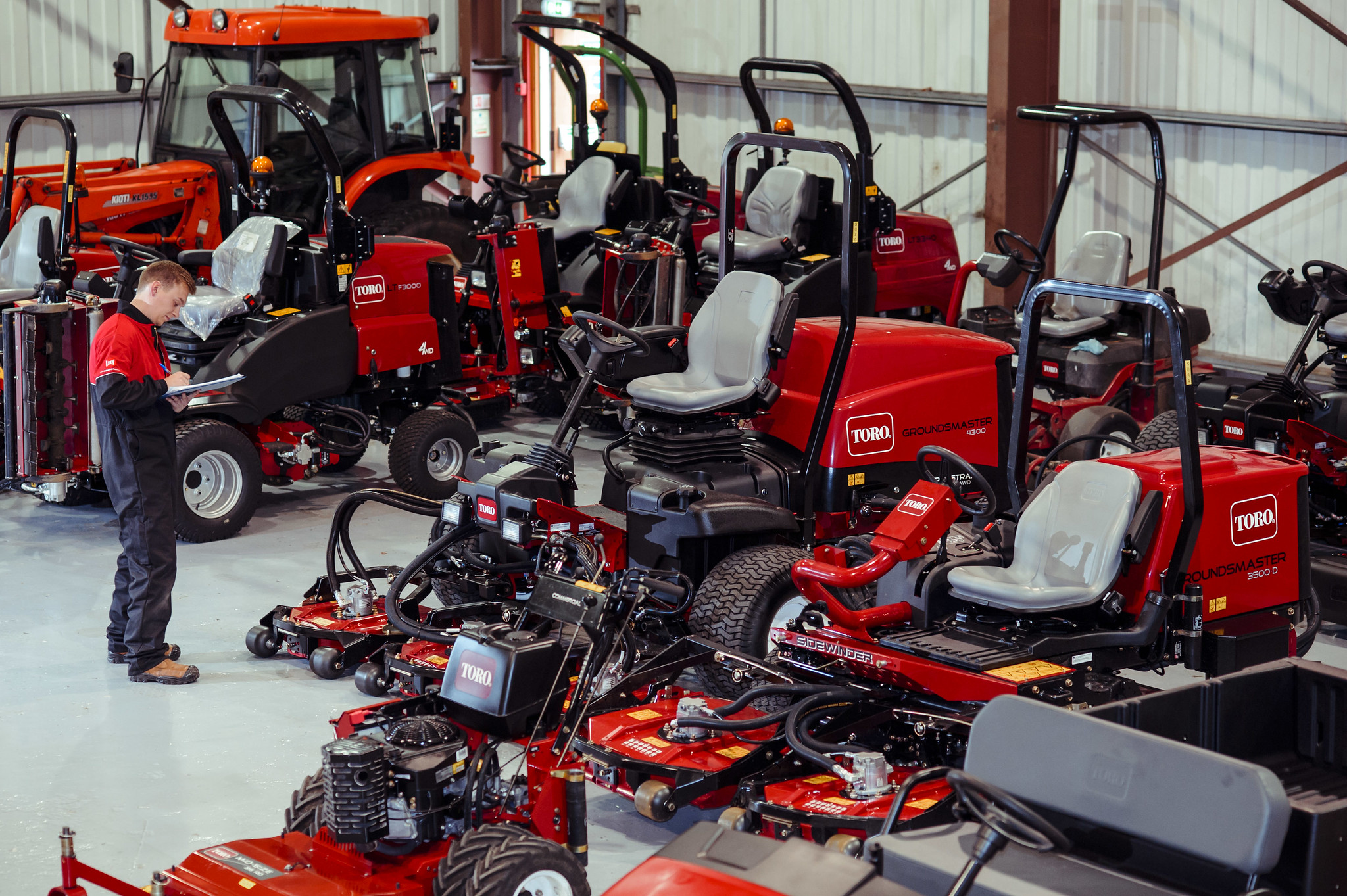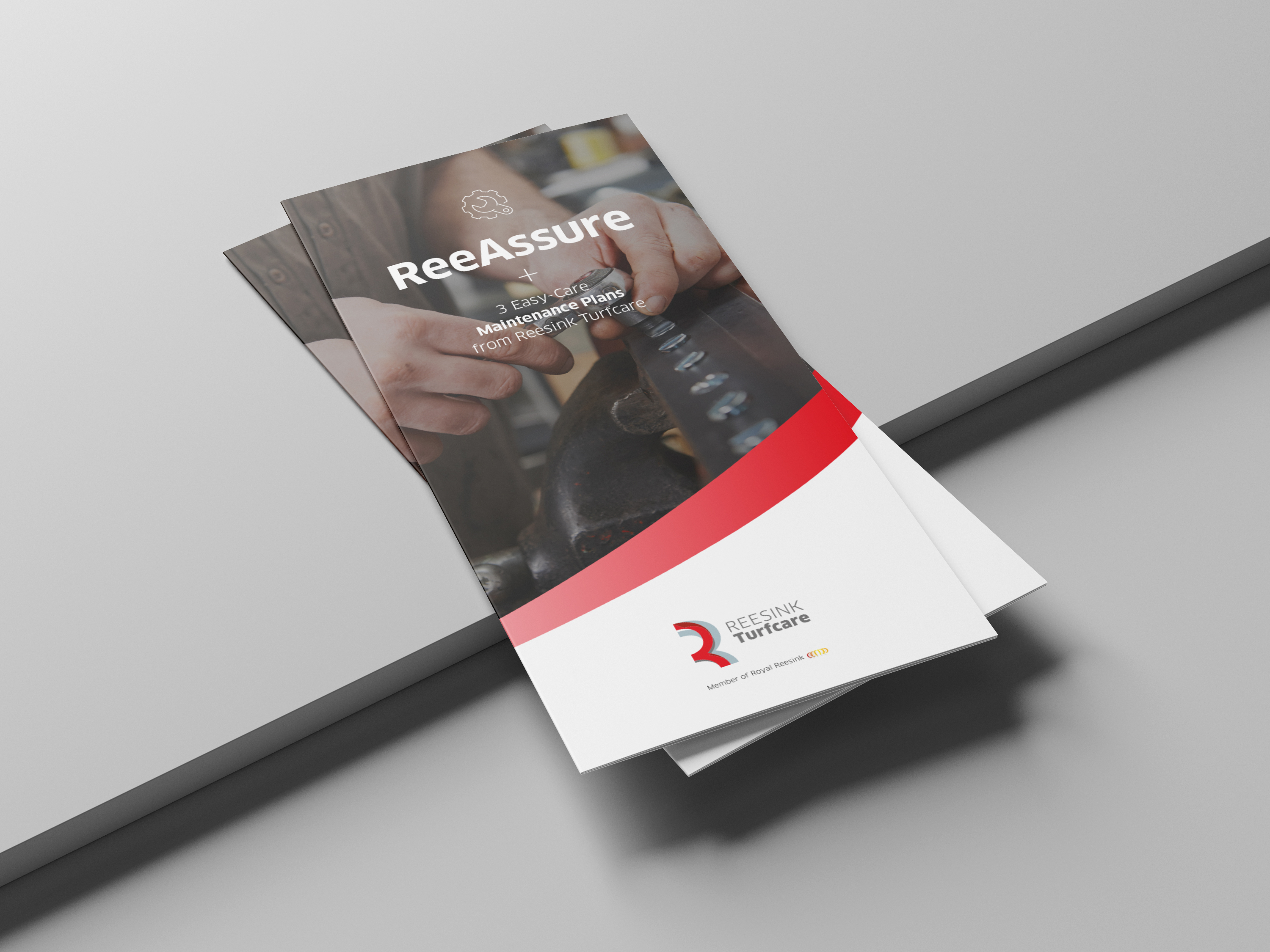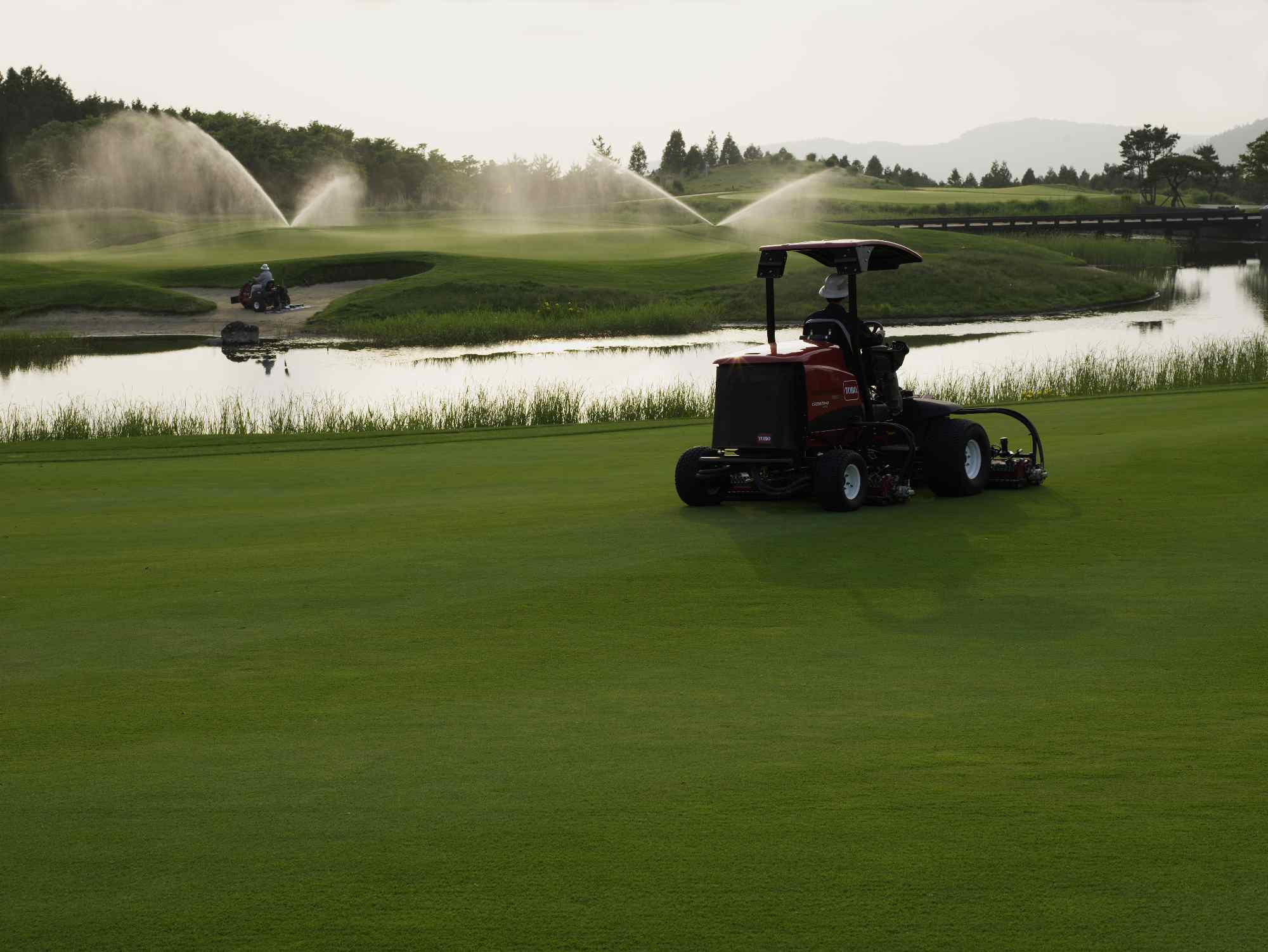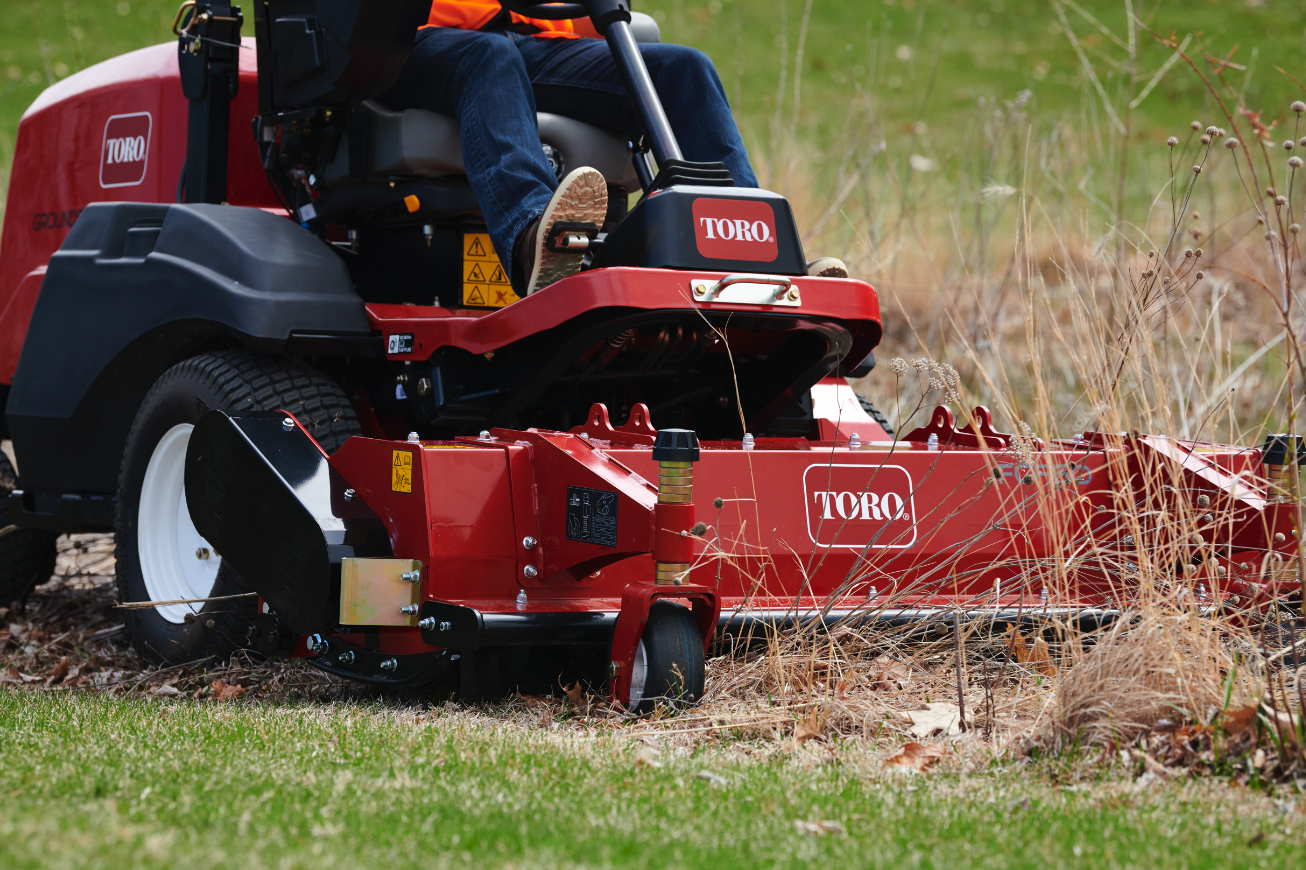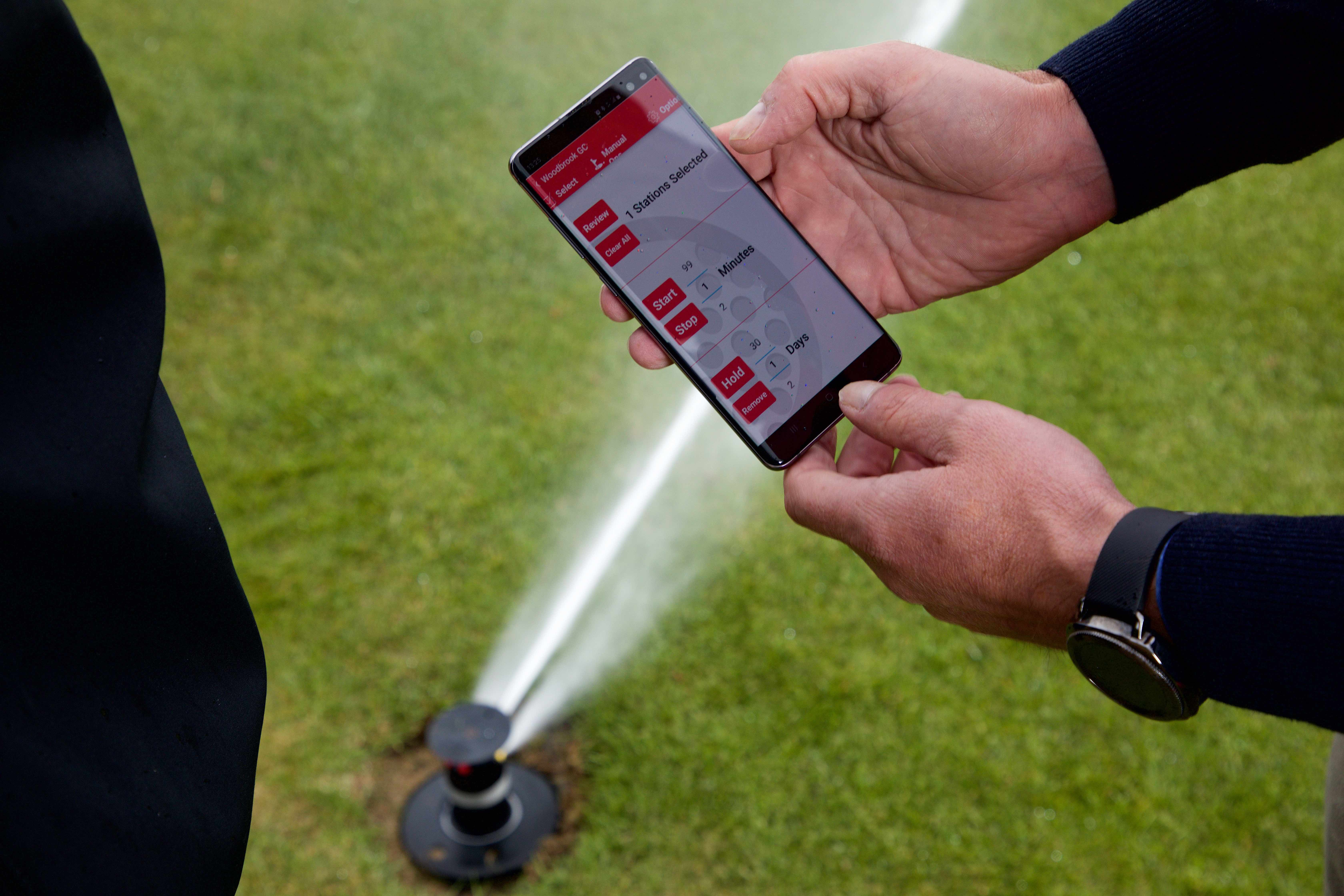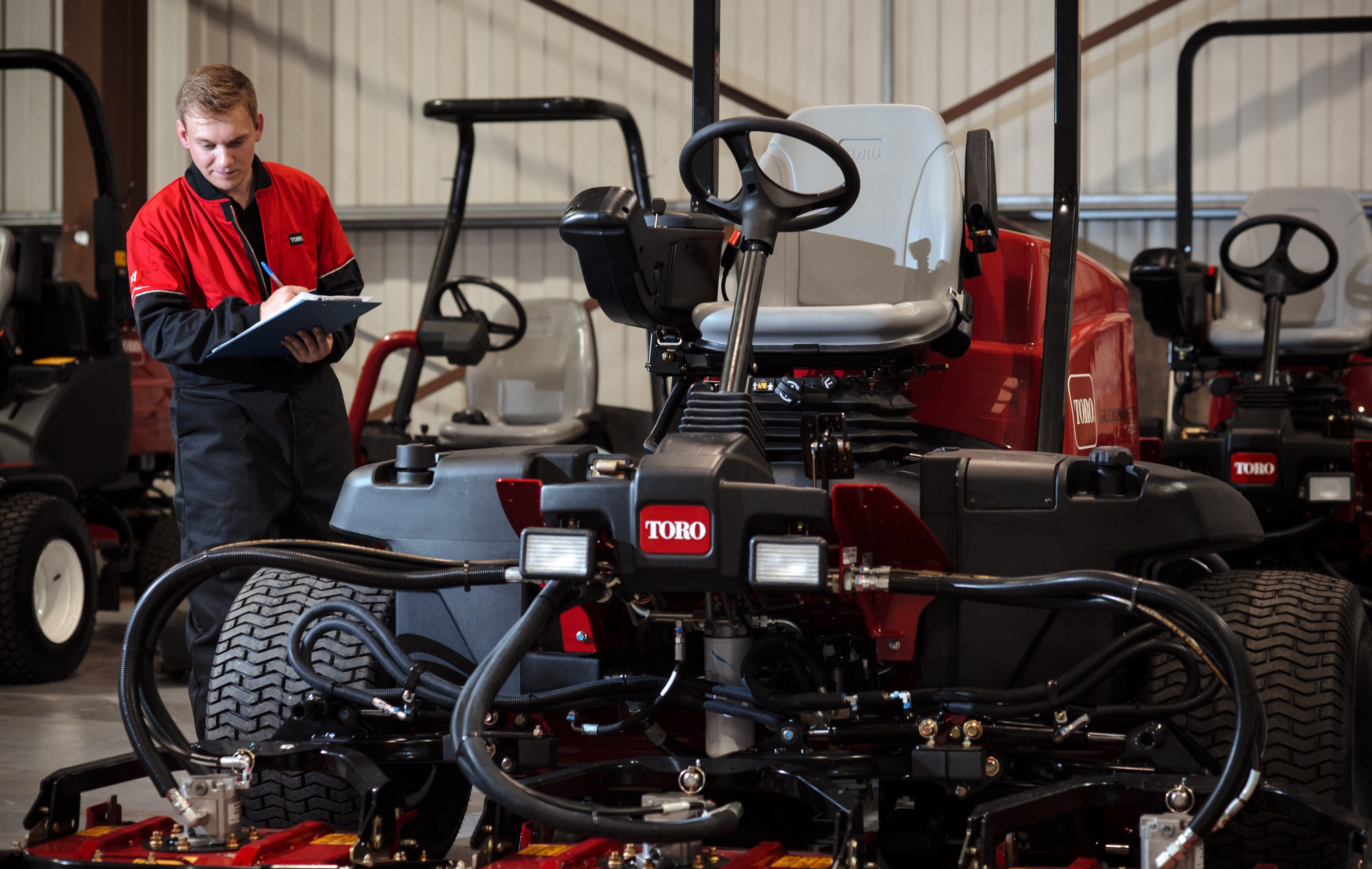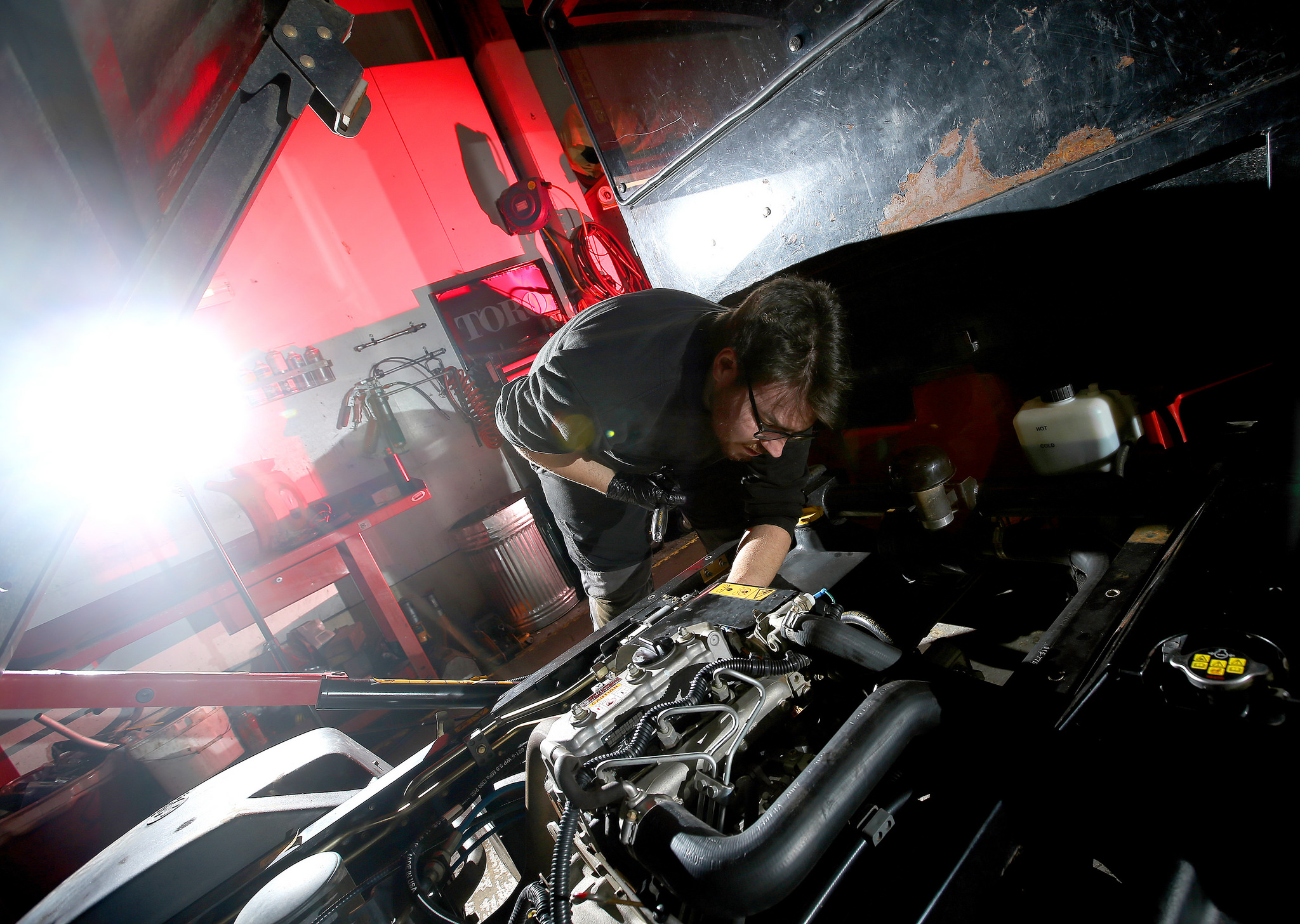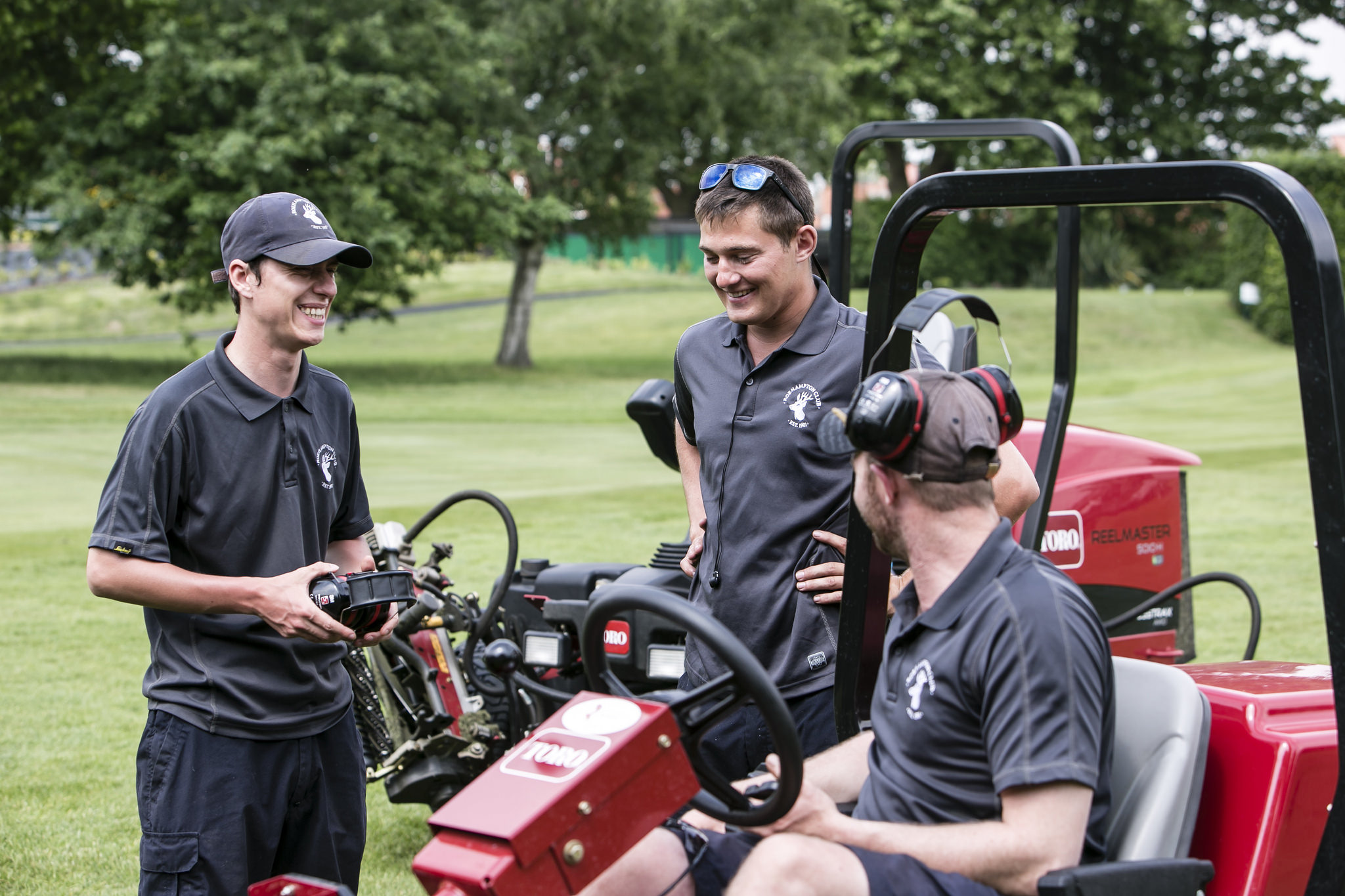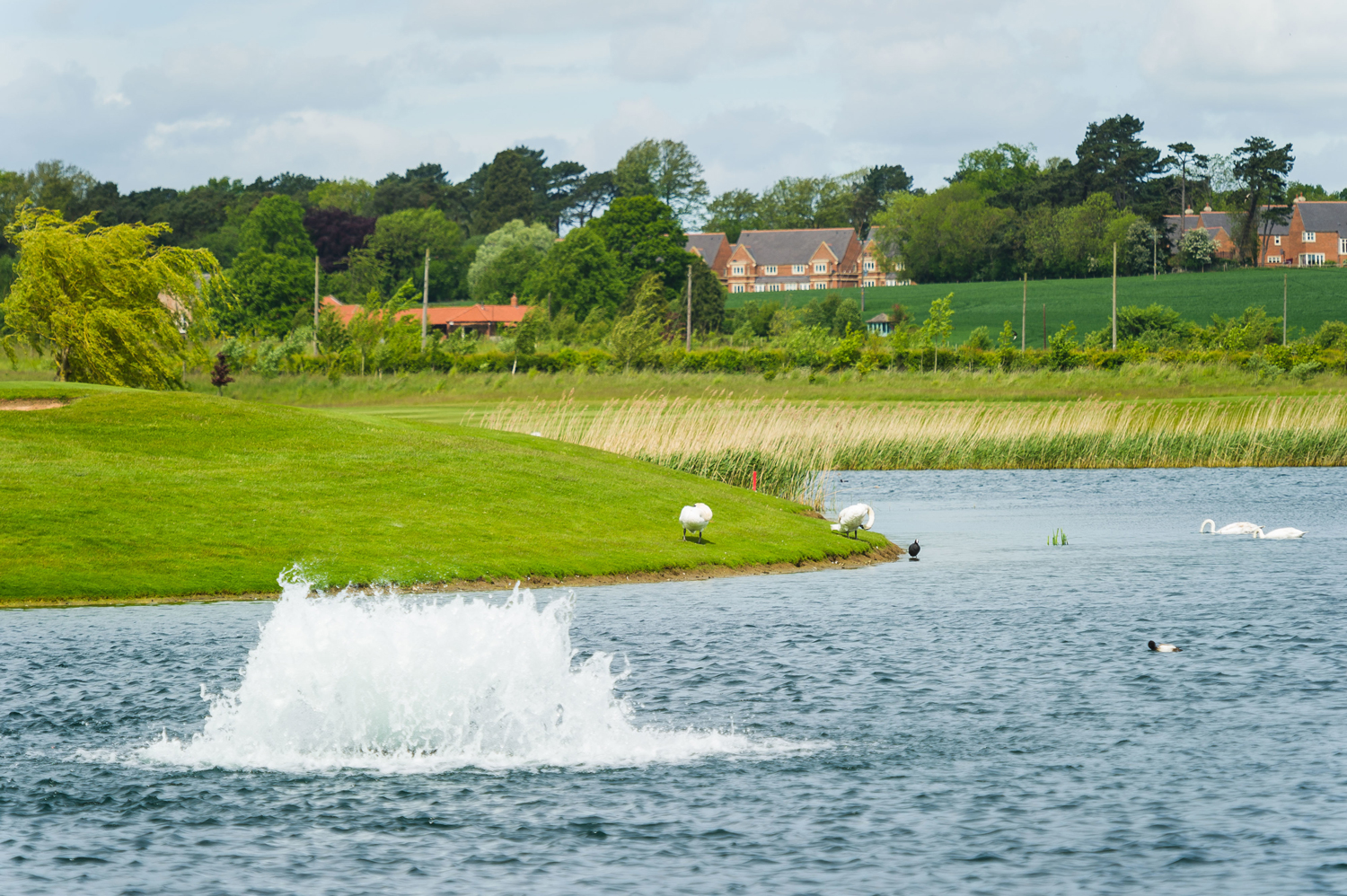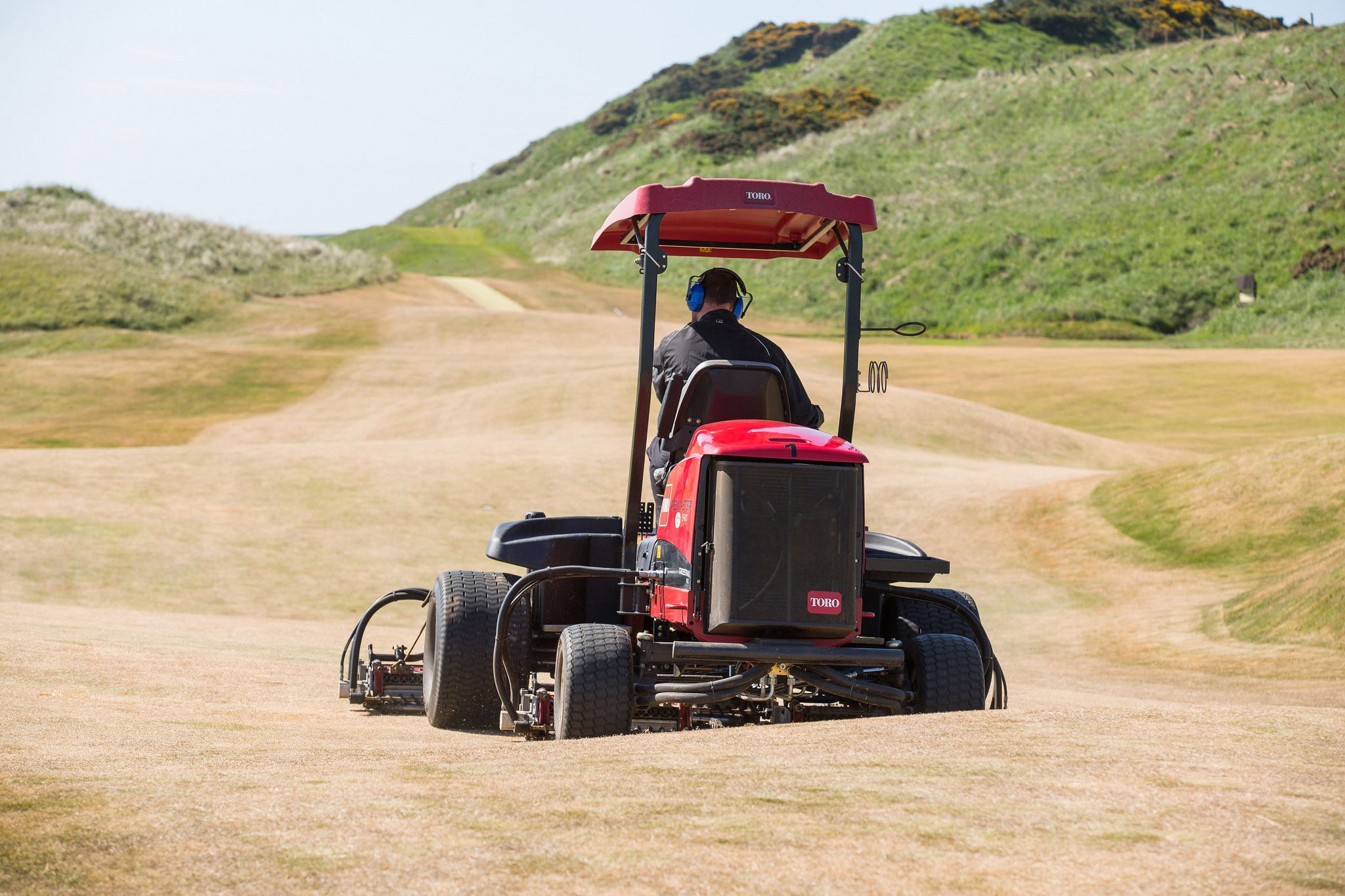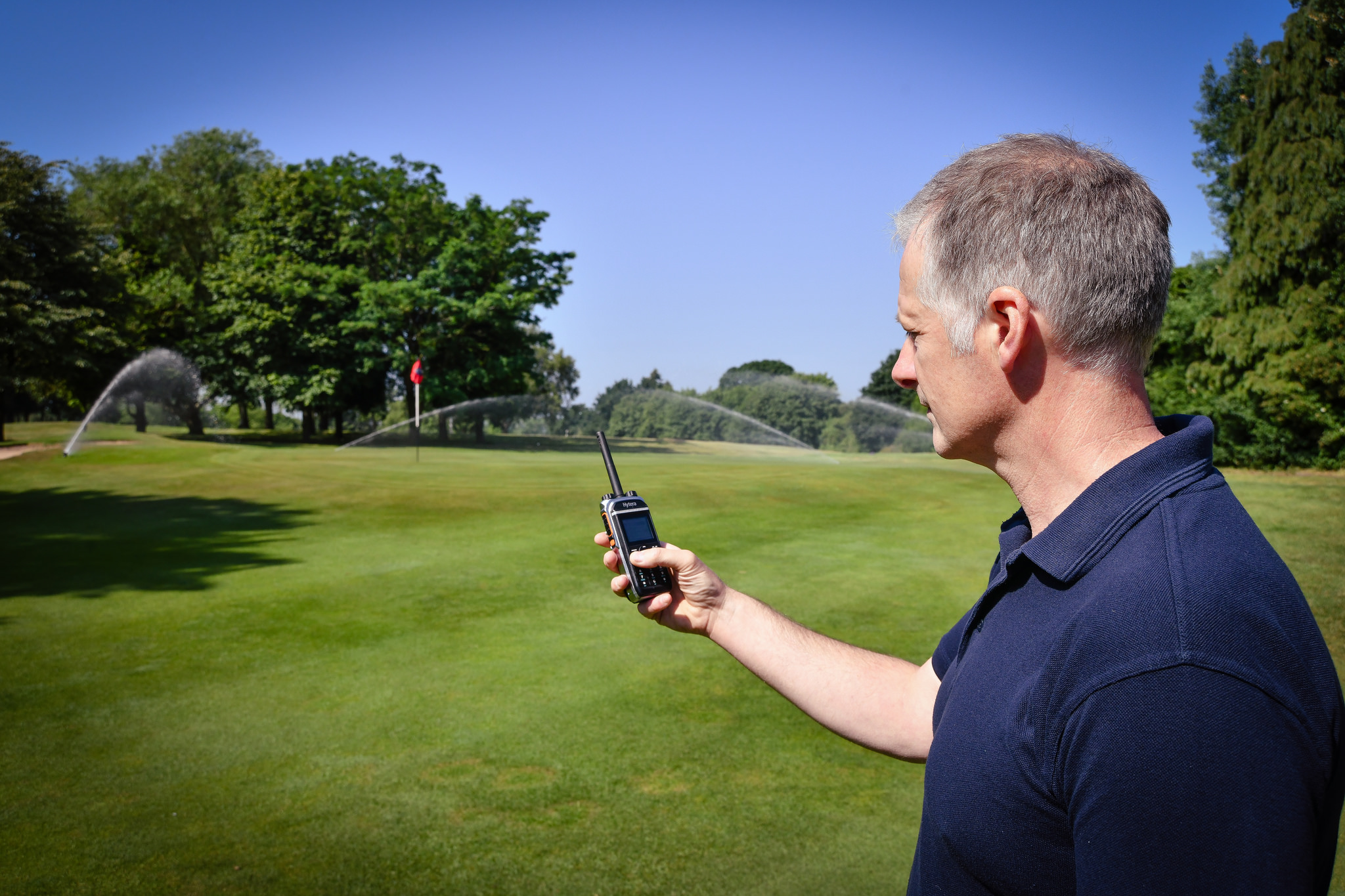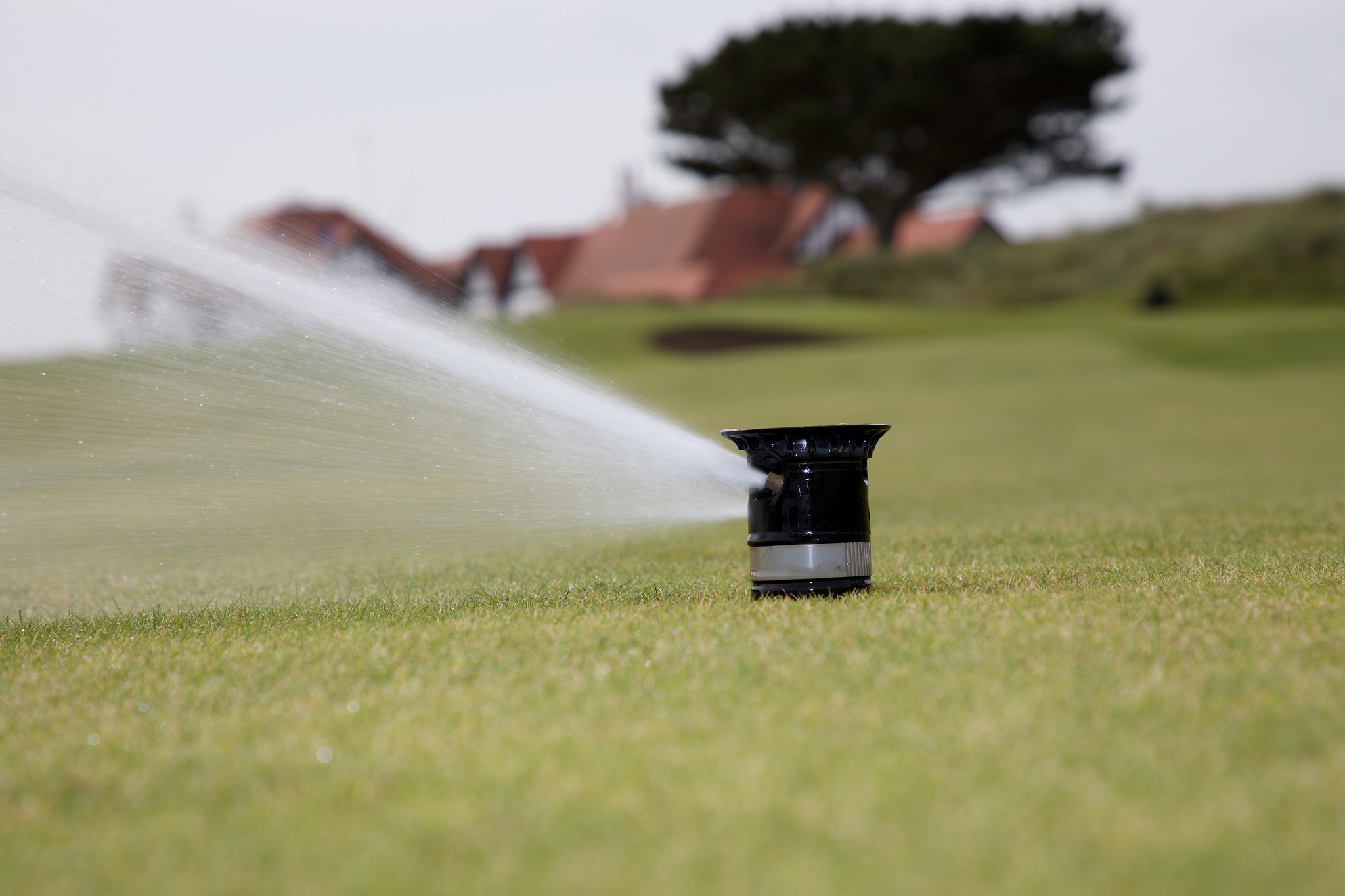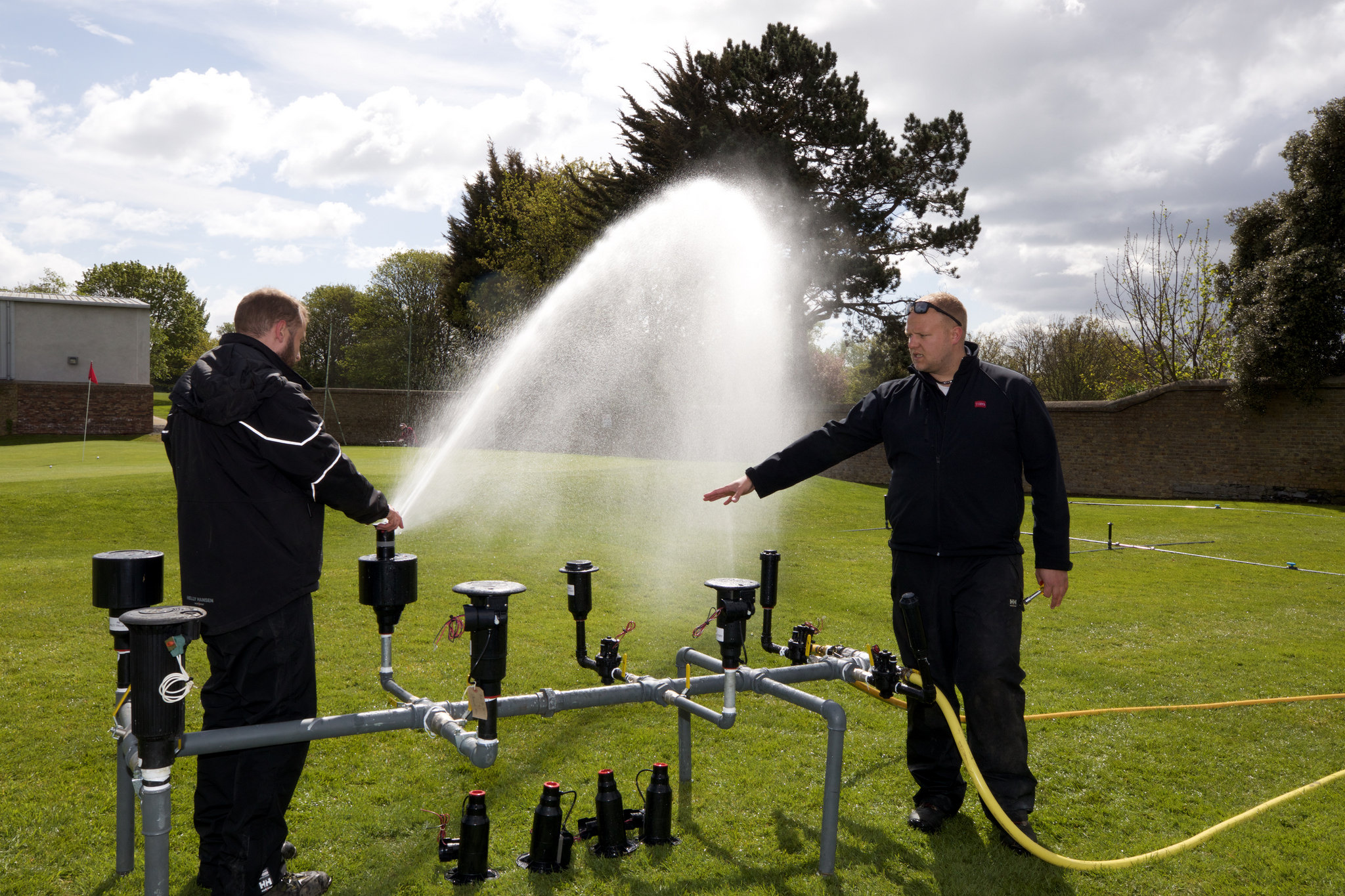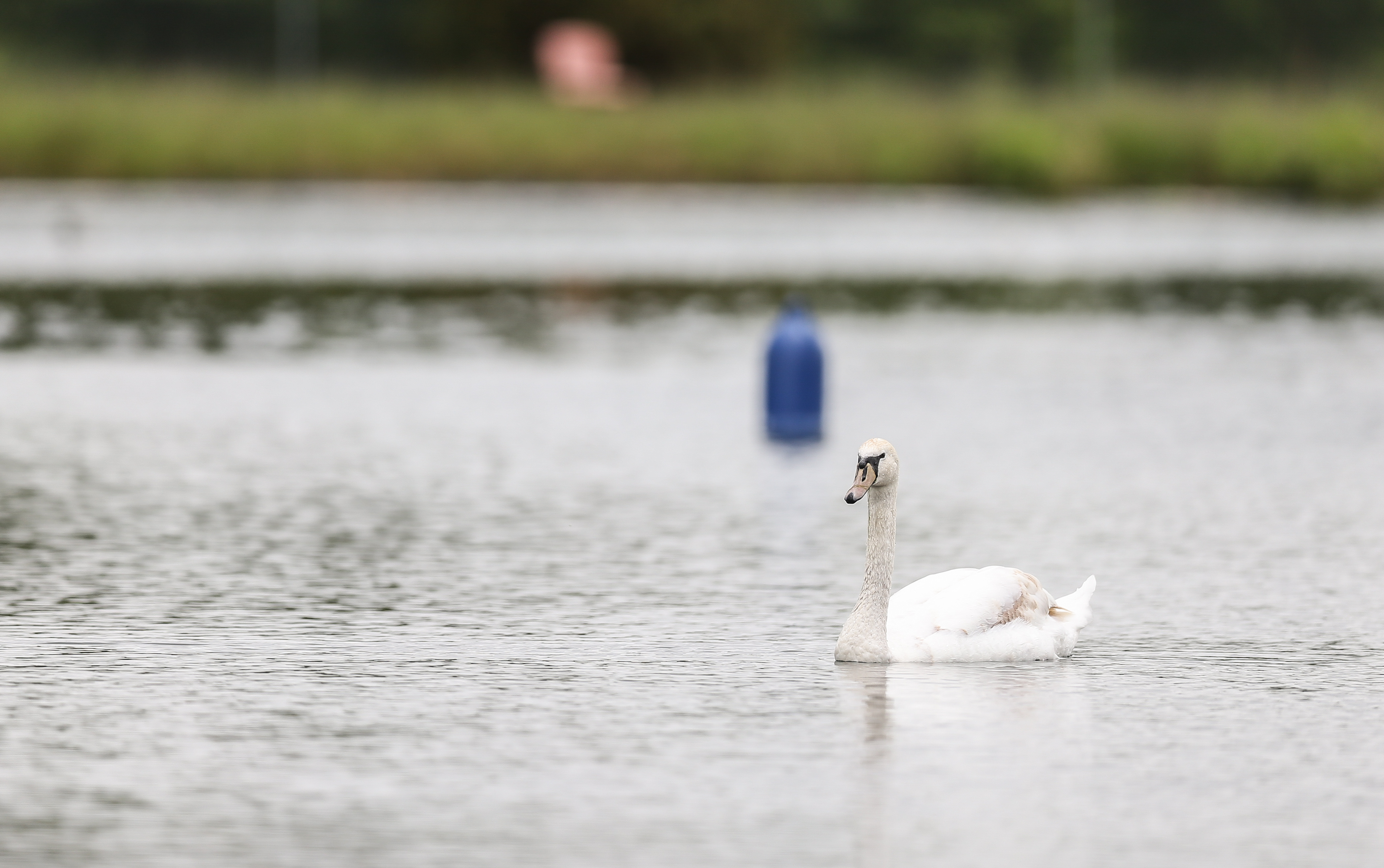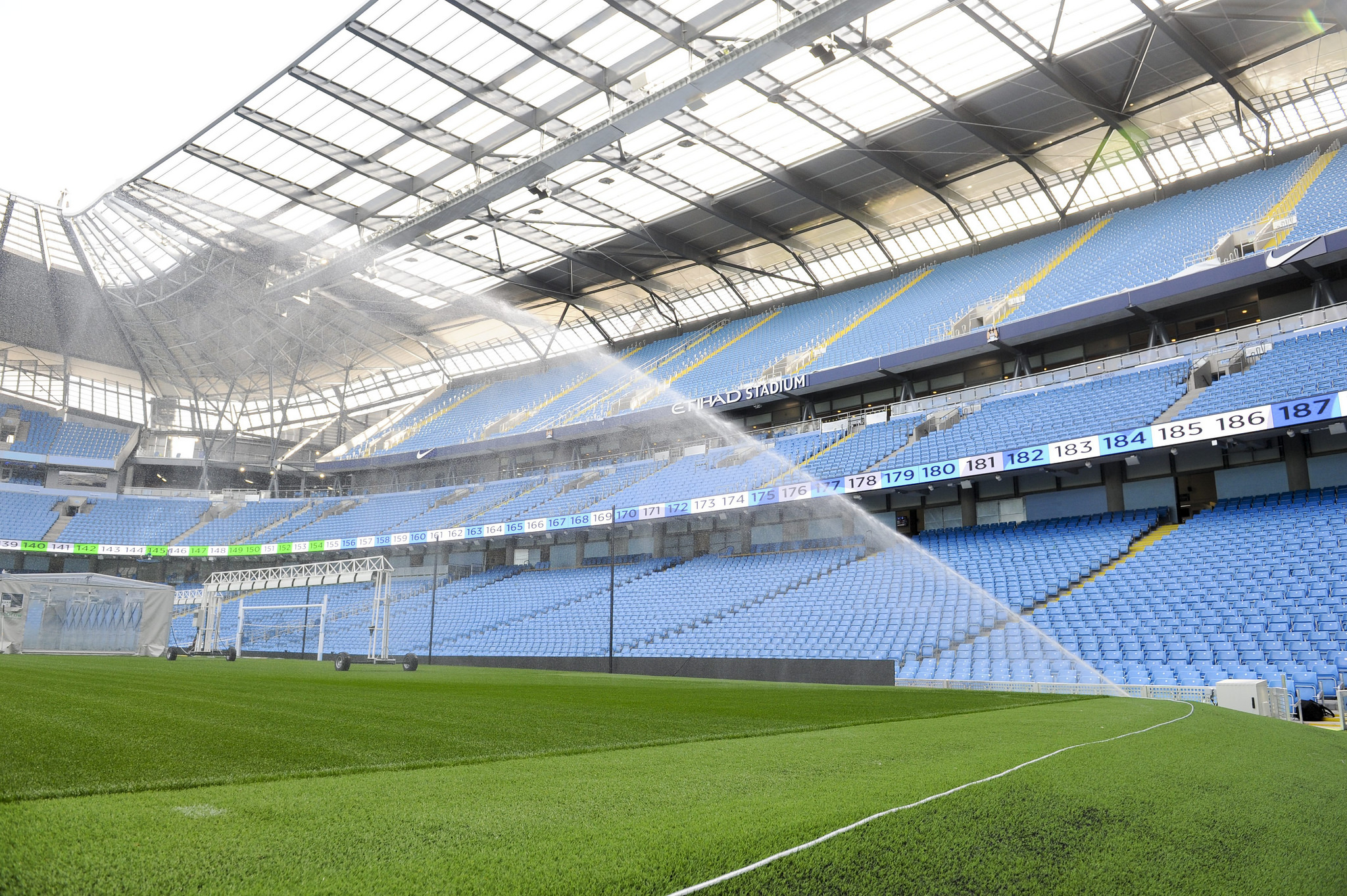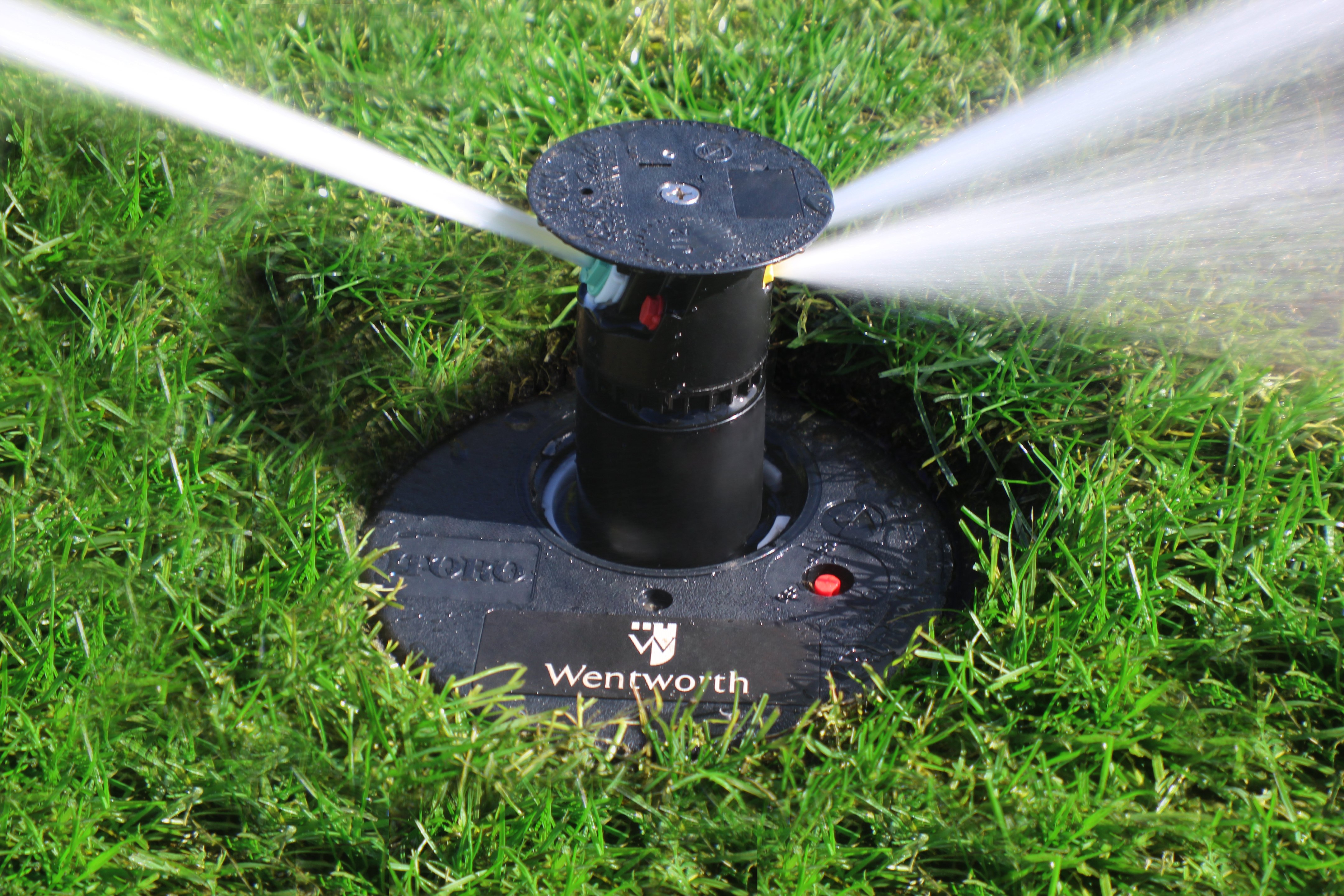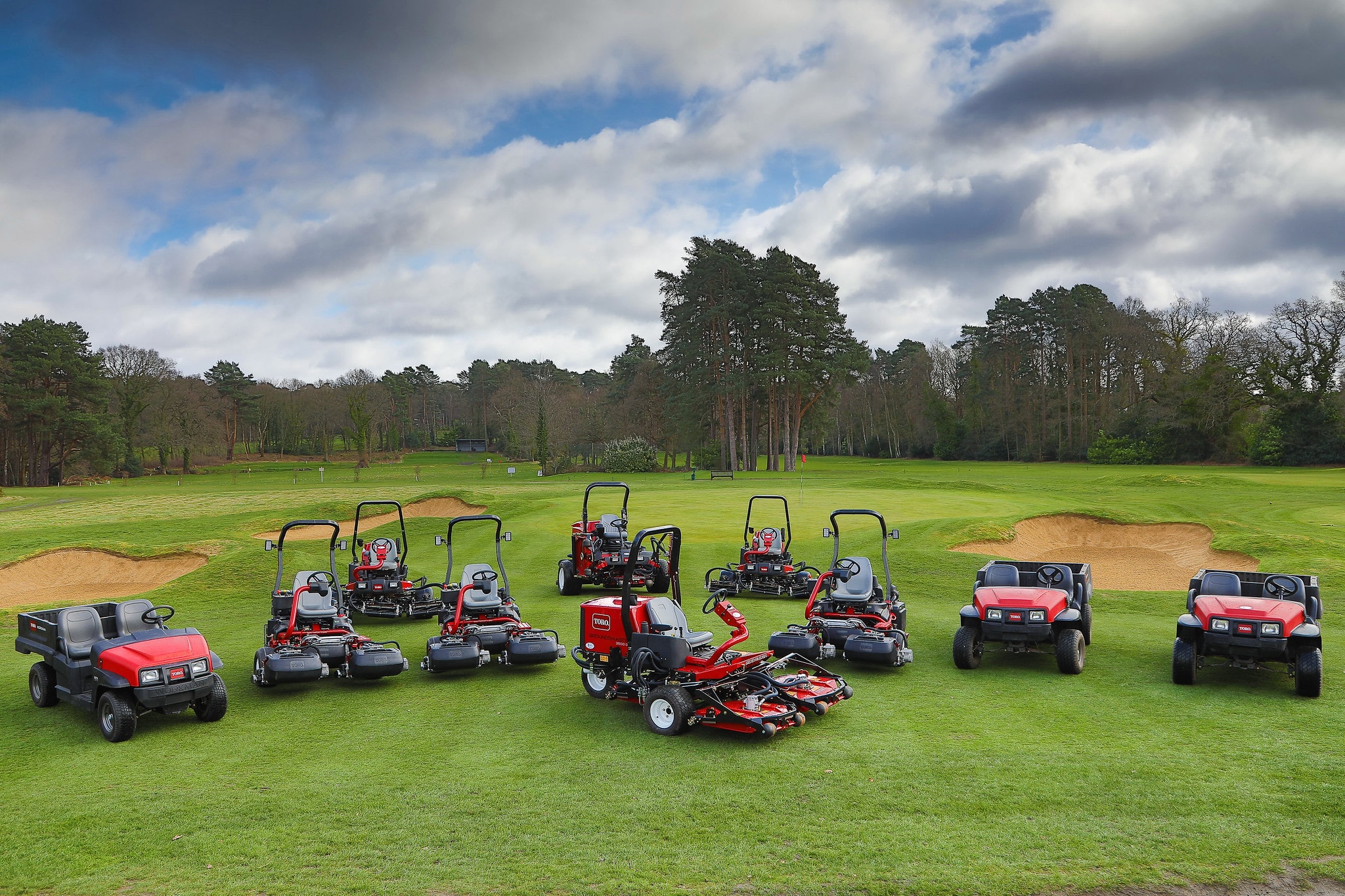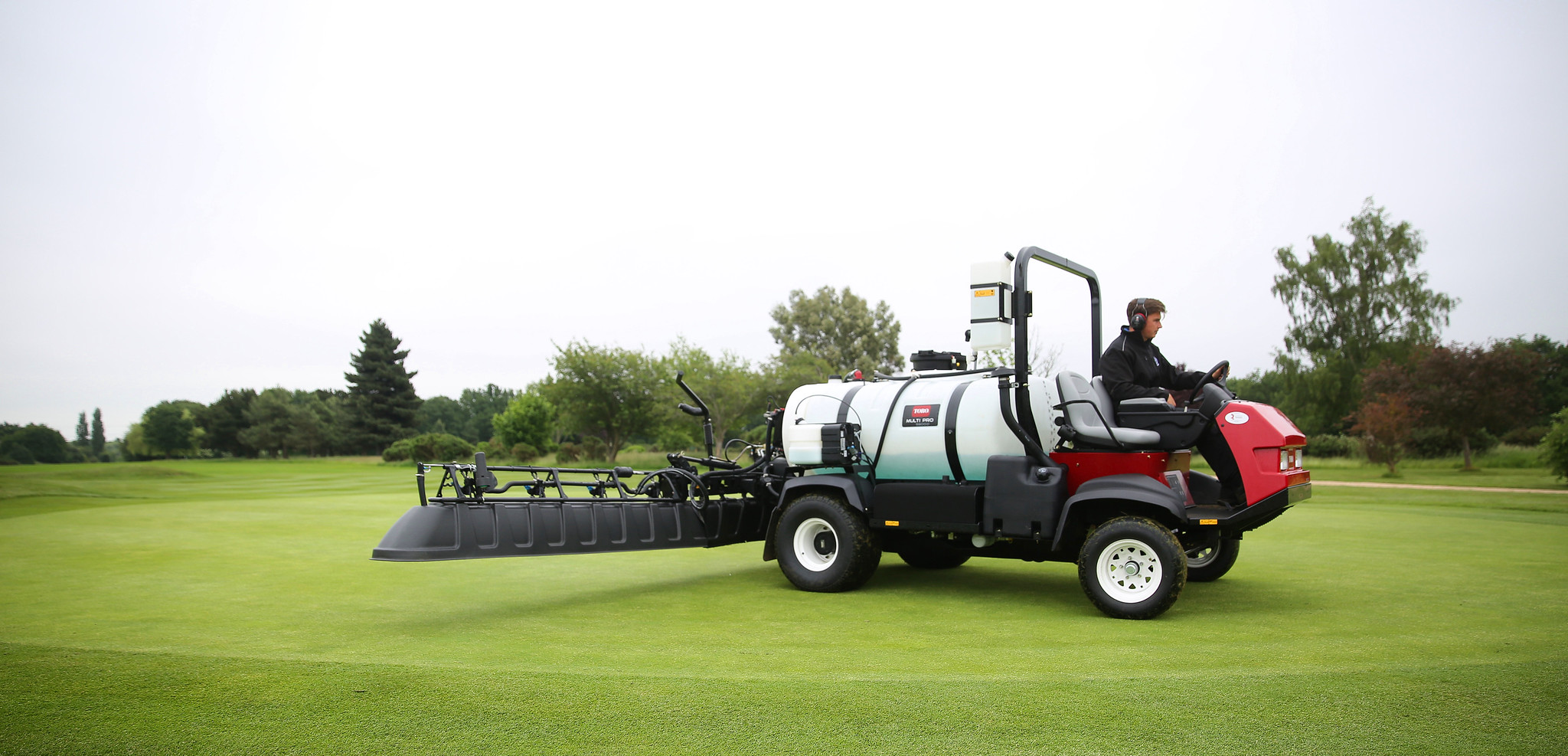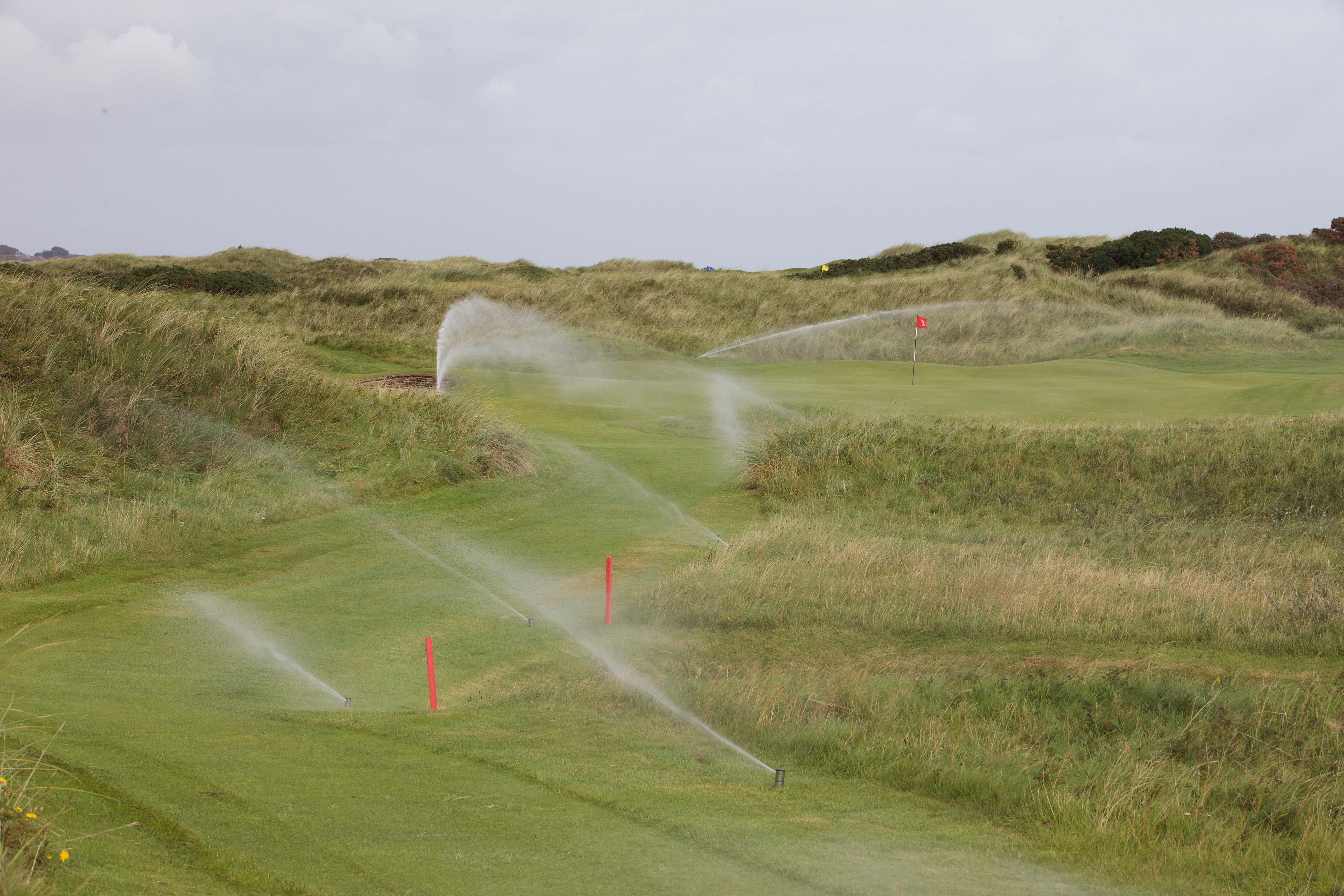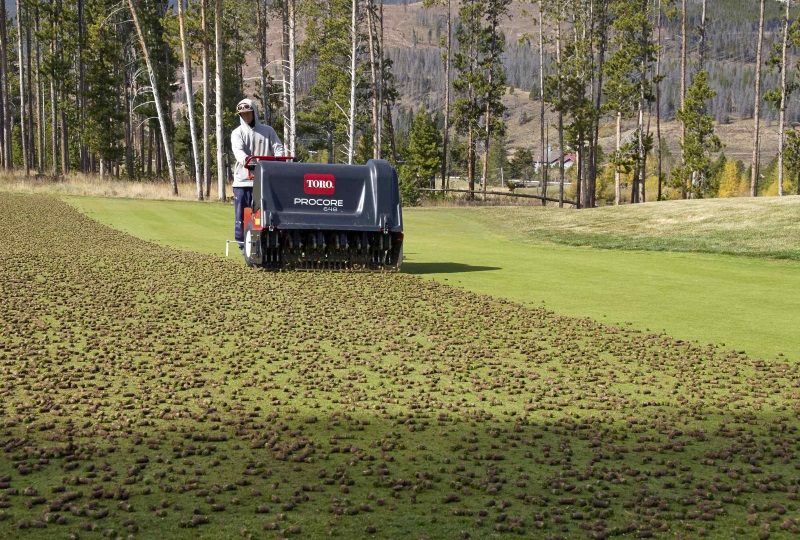- CONTACT US
- MOWERS
- VEHICLES
- APPLICATION
- Golf
- AERATORS
- VEHICLES
Carbon neutral vs net zero: what is the difference
CONTENTS
FEATURED STORIES

Reesink Turfcare
Reading time: 8 minutes
Carbon neutral vs net zero
In recent years, the terms 'carbon neutral' and 'net-zero' have become buzzwords in environmental discourse, frequently appearing in corporate sustainability reports, government policy announcements, and climate action pledges. However, while they are often used interchangeably, there are significant differences between these two concepts. Here we consider how understanding these distinctions is crucial for comprehending the broader context of global efforts to combat climate change.
What is carbon neutral?
Carbon - or climate - neutrality refers to achieving a balance between emitting and absorbing carbon from the atmosphere in 'carbon sinks'. A carbon sink is any system that absorbs more carbon than it emits, such as forests, soils, and oceans. The concept of carbon neutrality can be applied to individuals, companies, cities, or entire countries.
Achieving carbon neutrality typically involves three main steps:
-
Measuring carbon footprint: calculating the total amount of greenhouse gases (GHGs) emitted directly and indirectly by an entity
-
Reducing carbon emissions: implementing strategies to minimise emissions through energy efficiency, renewable energy, and other sustainable practices
-
Offsetting remaining emissions: investing in projects that remove or reduce emissions elsewhere, such as reforestation, renewable energy projects, or carbon capture and storage (CCS) technologies.
Practical examples of carbon neutrality
Several organisations and governments have made commitments to become carbon neutral, Microsoft, for instance, announced in 2020 that it would be carbon neutral by 2030. The company aims to reduce its emissions significantly and invest in carbon removal projects to offset the remaining emissions.
Similarly, countries like Costa Rica have set ambitious goals to become carbon neutral. Costa Rica aims to achieve this by 2050, leveraging its vast renewable energy resources and conservation programmes.

What is net zero?
Net zero goes a step further than carbon neutrality. It involves reducing all GHG emissions to as close to zero as possible and balancing any remaining emissions with an equivalent amount of removal. The key distinction here is the emphasis on reducing emissions to the lowest possible level before considering offsetting the remainder.
Net-zero targets are often associated with specific time frames and are part of broader climate action plans aligned with the Paris Agreement, which aims to limit global warming to well below 2°C above pre-industrial levels and pursue efforts to limit the temperature increase to 1.5°C.
Countries like the United Kingdom and Sweden have set legally binding net-zero targets for 2050. These nations are working on comprehensive strategies involving renewable energy, energy efficiency, and innovative technologies to meet their goals.
Achieving net-zero
Achieving net zero involves a comprehensive approach:
-
Deep emission reductions: drastically reducing emissions across all sectors, including energy, transportation, industry, and agriculture. This often requires significant technological advancements and systemic changes in energy production and consumption
-
Innovative technologies: developing and deploying technologies such as hydrogen fuel cells, lithium batteries, and direct air capture (DAC) of carbon dioxide
-
Behavioural and structural changes: promoting lifestyle changes and structural reforms that support sustainable practices, such as adopting plant-based diets, enhancing public transportation, and implementing circular economy principles
-
Carbon removal: utilising natural and technological solutions to remove CO2 from the atmosphere, including reforestation, soil carbon sequestration, and bioenergy with carbon capture and storage.
Key differences between carbon neutrality and net-zero
So you've had an overview of what the two definitions are, but precisely how are they different from each other? And why is it important to know this?
Scope of emission reduction
The primary difference between carbon neutrality and net zero lies in the scope and ambition of emission reductions. Carbon neutrality allows for a more flexible approach where emissions can be offset without necessarily achieving significant reductions. In contrast, net zero demands deep cuts in emissions across all sectors before considering offsetting the remainder.
Types of GHGs covered
Carbon neutrality often focuses specifically on carbon dioxide emissions, while net-zero encompasses other greenhouse gas emissions too, including methane (CH4), nitrous oxide (N2O), and fluorinated gases. This broader scope makes net zero a more comprehensive approach to addressing climate change.
Long-term sustainability
Net-zero targets are generally considered more robust and sustainable in the long term. By prioritising deep emission reductions, net zero aims to create systemic changes that lead to a lower-carbon economy. Carbon neutrality, on the other hand, can sometimes rely too heavily on offsets, which may not always result in genuine, long-term reductions in atmospheric CO2 levels.
Carbon neutrality and net-zero in groundscare
The turfcare and groundscare industry, encompassing everything from golf courses and sports fields to public parks and private lawns, has a vested interest in anything that works to safeguard and protect the natural world - it is after all, what its business success depends upon. With reliance on carbon-intensive practices such as mowing, fertilisation, and irrigation, the sector holds immense potential to contribute to global carbon neutrality and net-zero goals and must contribute to the collective effort and play its part.
5 ways turfcare and groundscare businesses can achieve carbon neutrality
To address these challenges, the turfcare and groundscare industry must adopt comprehensive strategies aimed at reducing emissions, enhancing carbon sequestration, managing water efficiently, and promoting biodiversity.
1. Reducing emissions
A critical first step towards carbon neutrality or net zero is the reduction of direct and indirect greenhouse gas emissions and one promising approach is the transition to electric equipment.
In this day and age, switching to electric machinery is fairly straightforward with electric machines designed for a number of different applications. We continue our commitment to sustainability, delivering environmentally friendly machinery that maintains high performance standards, all while minimising our customers' carbon footprints. Toro has been a key partner in helping us achieve this, leading the way and bringing to market many of the machinery 'firsts' - the first (and only) fairway mower with a true hybrid drive system; the first all-electric riding greensmower, the eTriFlex 3370 and the first all-electric out-front rotary mower, the Groundsmaster e3200.
Reesink's equipment range includes products fuelled by propane, biodiesel, and advanced batteries, enhanced with electronic fuel injection, hybrid, and electric technologies for greater efficiency.
2. Enhancing carbon sequestration
Managed turf areas can be effective carbon sinks if managed properly. Selecting grass species and cultivars that are more efficient at carbon sequestration is a strategic move. Deep-rooted grasses, for example, store more carbon in the soil, enhancing the overall carbon capture of the managed area.
Additionally, incorporating organic matter into the soil through practices like mulching and top-dressing with compost can improve soil structure and increase its carbon storage capacity. This is not only environmentally beneficial but also promotes healthier and more resilient turf.
3. Efficient water management
Efficient water use is paramount for reducing the energy footprint of irrigation systems - and again is an area in which Reesink Hydro-Scapes working with Toro irrigation who considers itself a guardian of the resource such is its R&D work into developing smart irrigation technologies. From weather-based controllers and soil moisture sensors such as Toro's Turf Guard, and incredibly clever control systems ensure that water is applied precisely, efficiently and only when necessary.
This minimises over-irrigation and reduces the associated energy costs. Implementing rainwater harvesting systems can further reduce reliance on groundwater and municipal water supplies, cutting down on the energy required for water extraction and distribution. Reesink has even managed to find an option for sustainable parts cleaning that eliminate water waste and pollutant run-off into the water system.

4. Investing in carbon offsetting
After minimising emissions, businesses can invest in carbon offset projects to balance out any remaining emissions. These projects could include afforestation and reforestation, which help offset emissions by absorbing CO2 from the atmosphere and investing in renewable energy projects, such as wind or solar power, which reduce reliance on fossil fuels.
5. Promoting biodiversity and ecosystem health
The promotion of biodiversity and the enhancement of ecosystem health are additional crucial components. Creating pollinator-friendly habitats within managed landscapes supports biodiversity and ecosystem resilience. Planting native wildflowers and reducing pesticide use can attract beneficial insects and birds, contributing to a healthier ecosystem.
Adopting integrated pest management (IPM) practices reduces the need for chemical pesticides by relying on biological controls and cultural practices. For example, using beneficial insects to control pests and diversifying plantings can maintain healthy turf without harmful chemicals.
The road ahead
The turfcare and groundscare industry has a significant opportunity to contribute to global carbon neutrality and net-zero goals. By adopting sustainable practices, businesses can reduce their environmental impact, enhance ecosystem health, and set a positive example for other sectors. And Reesink is here to help with that.
To learn more about how your club or business can strive for carbon neutrality,see what electric and hybrid machinery options Reesink Turfcare has to offer.
Reesink UK LTD | 1-3 Station Road, St Neots PE19 1QF | Registered in England
Reesink UK LTD is authorised and regulated by the Financial Conduct Authority.




